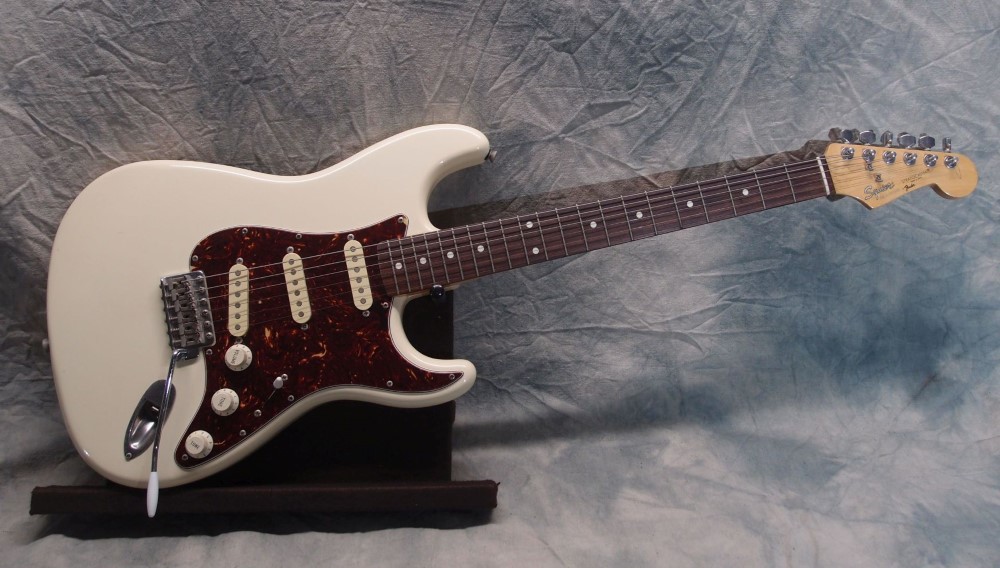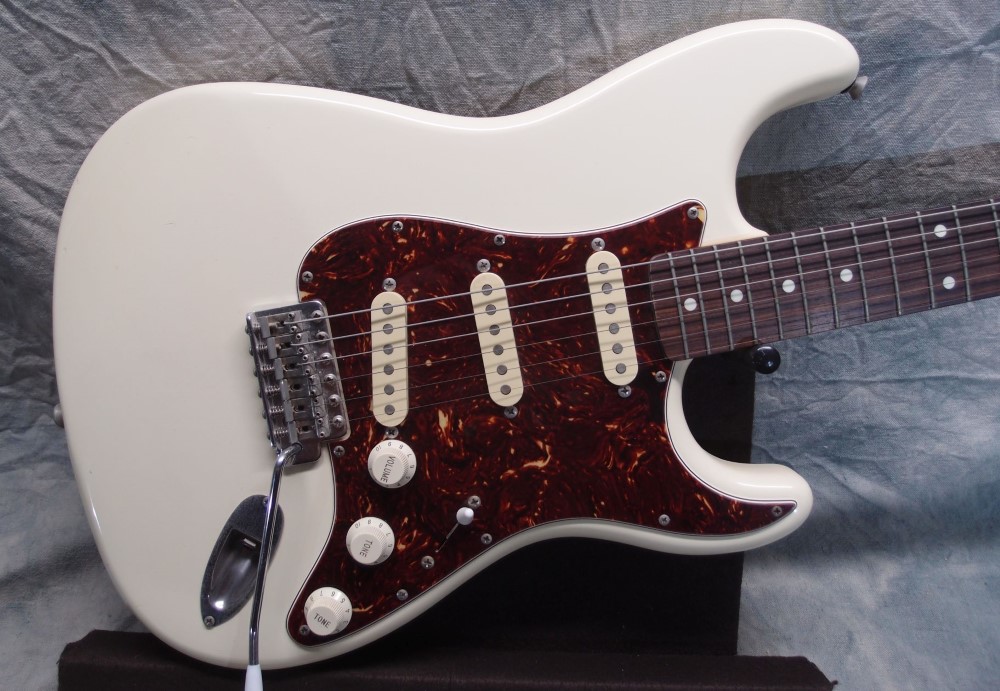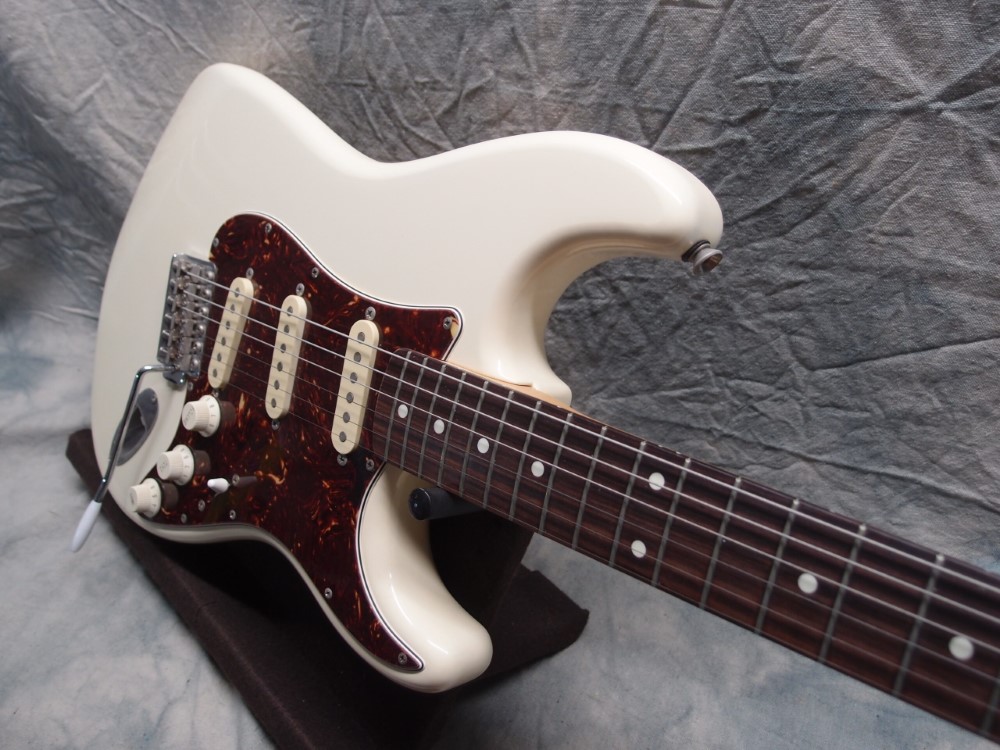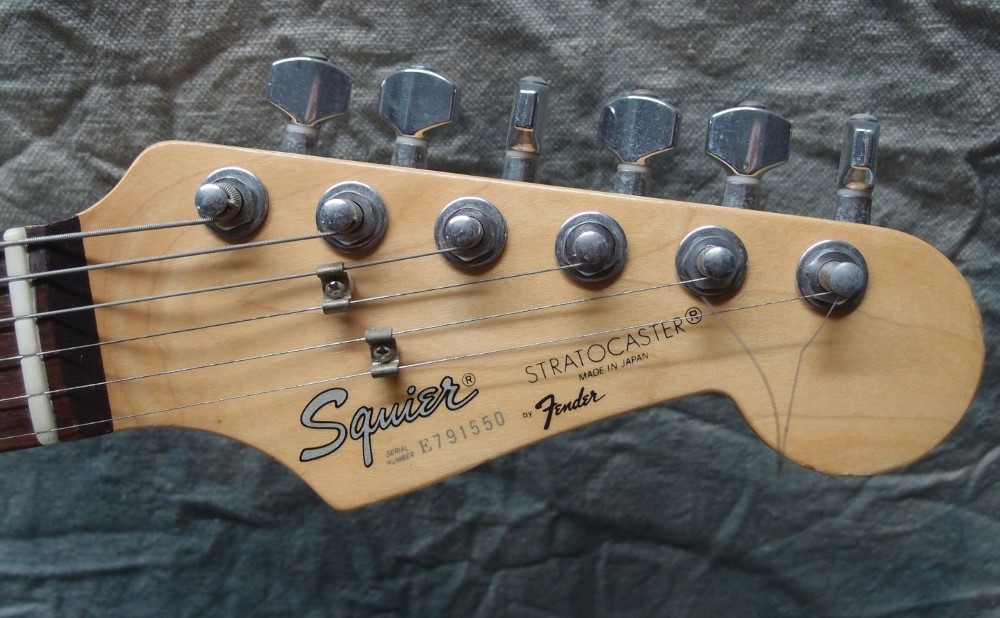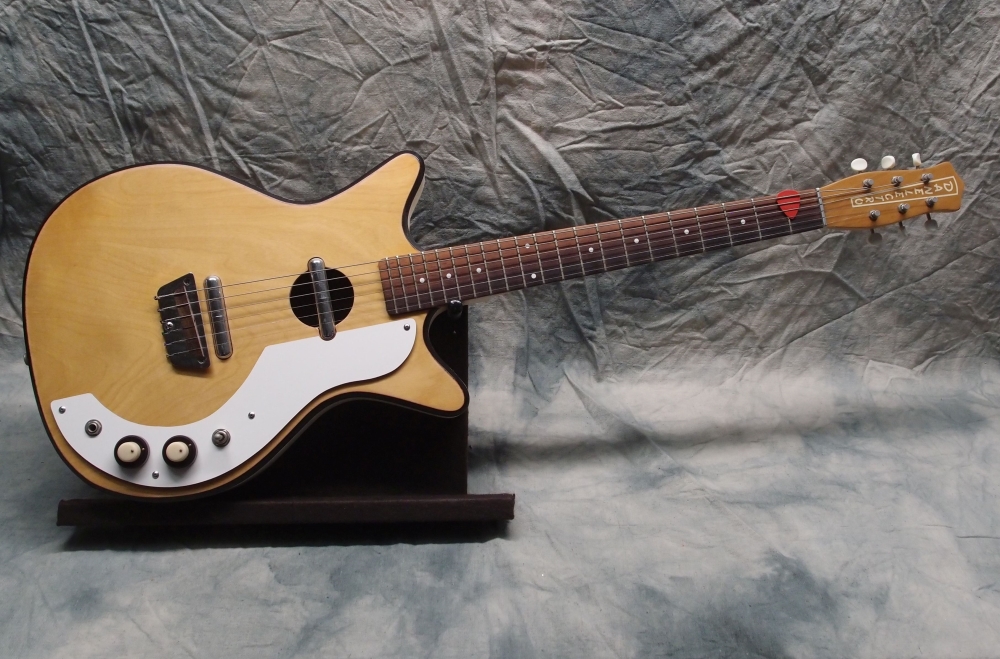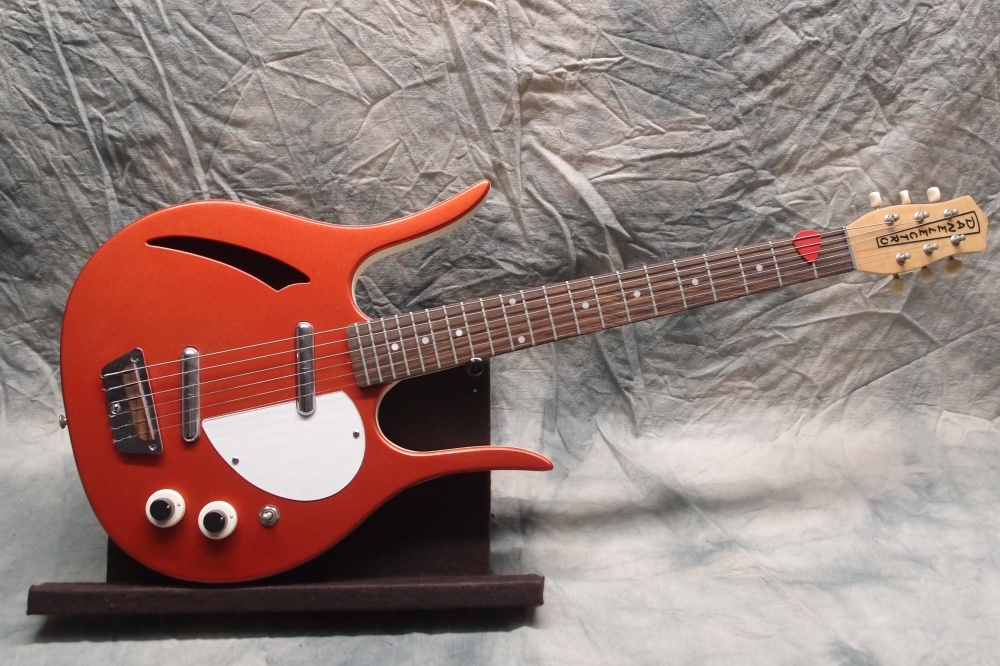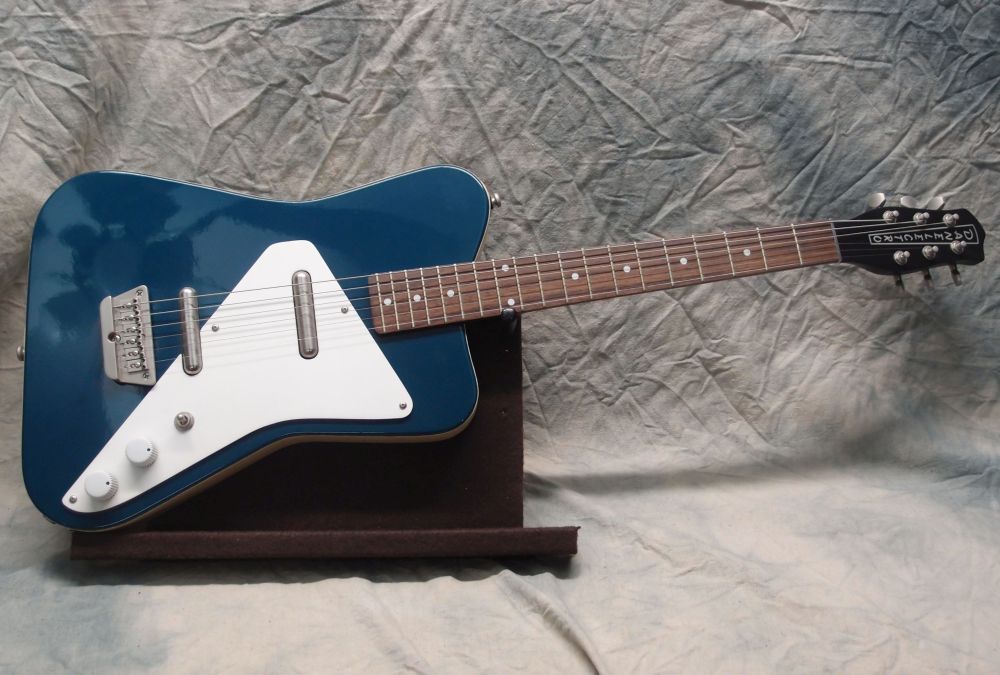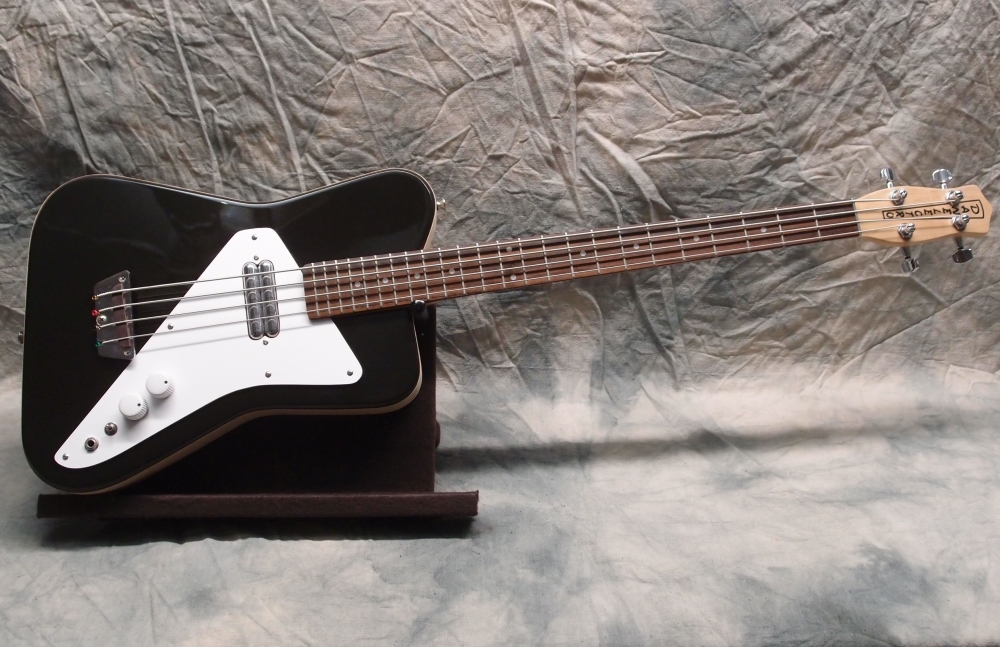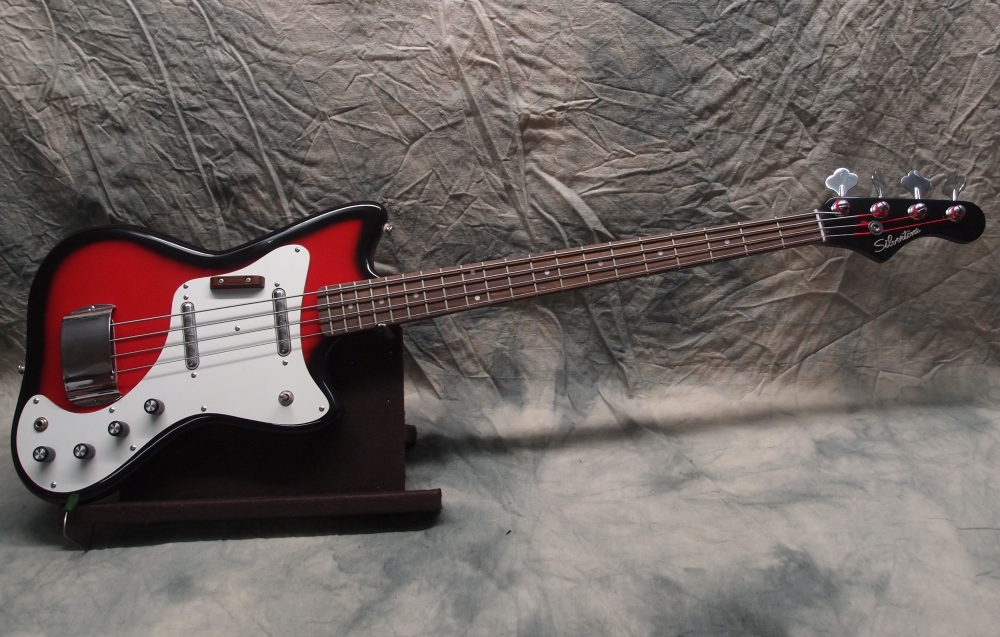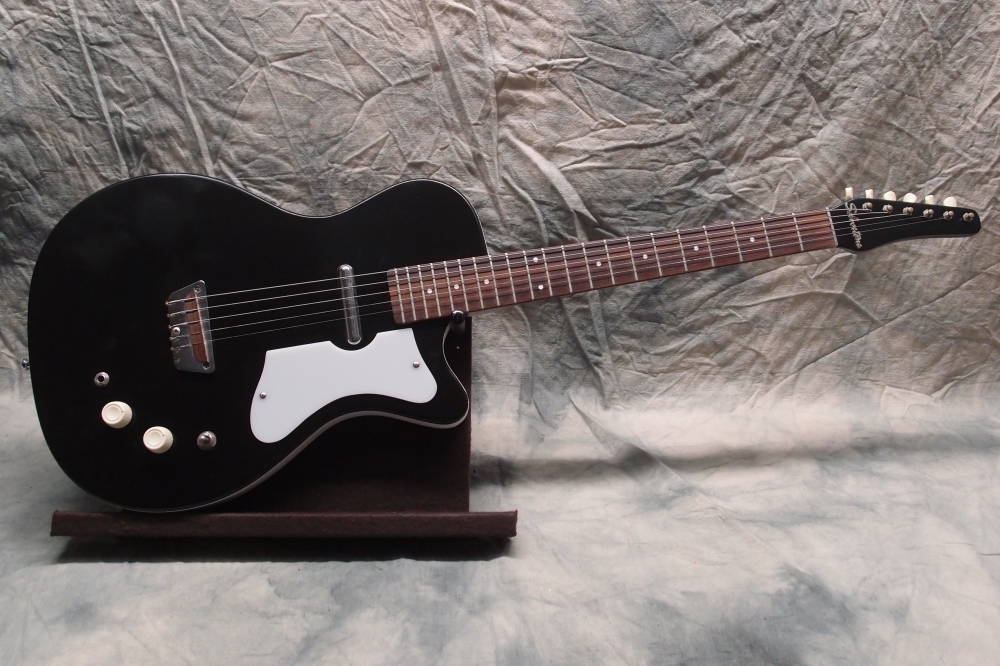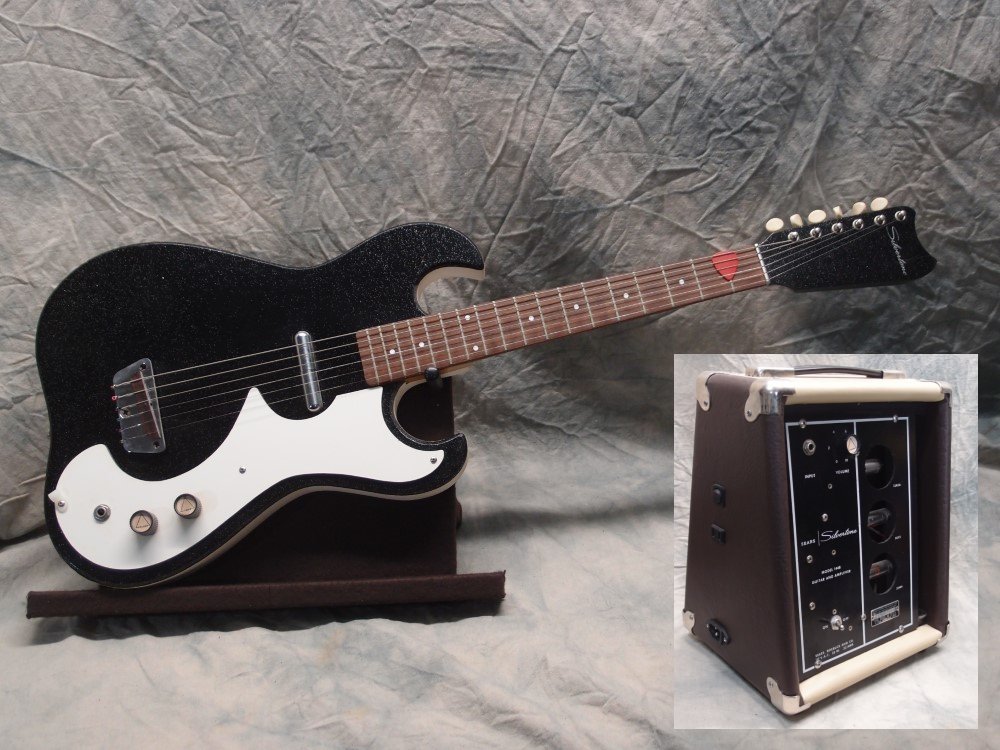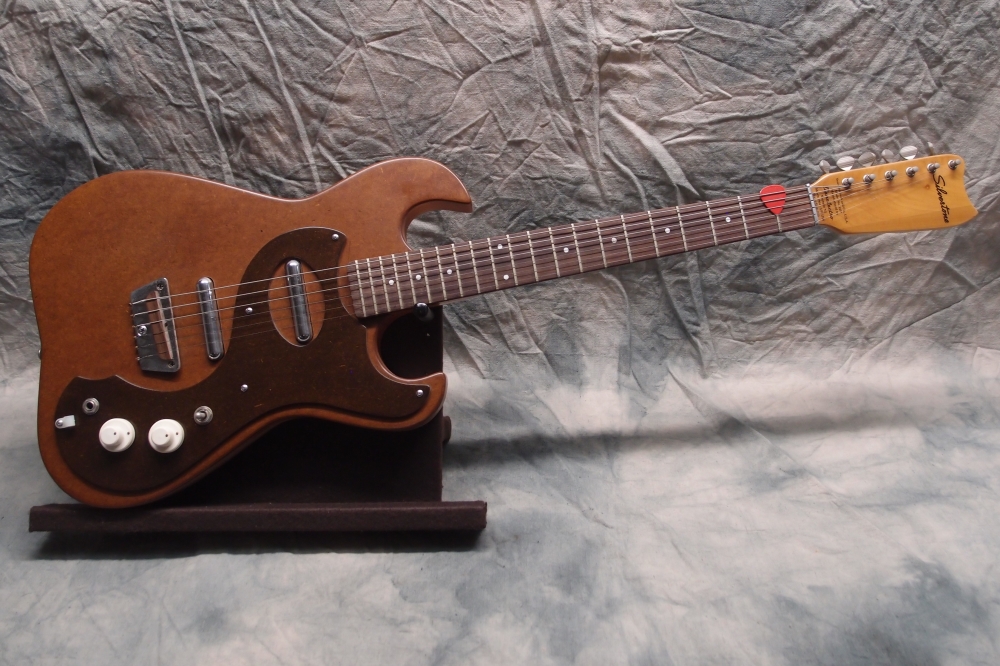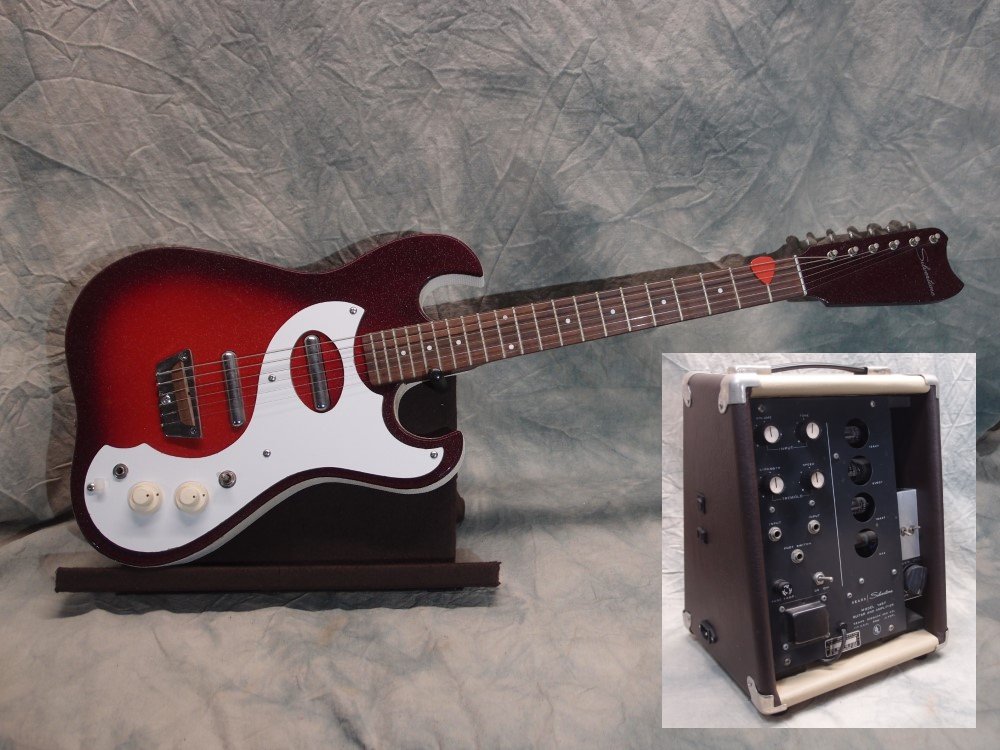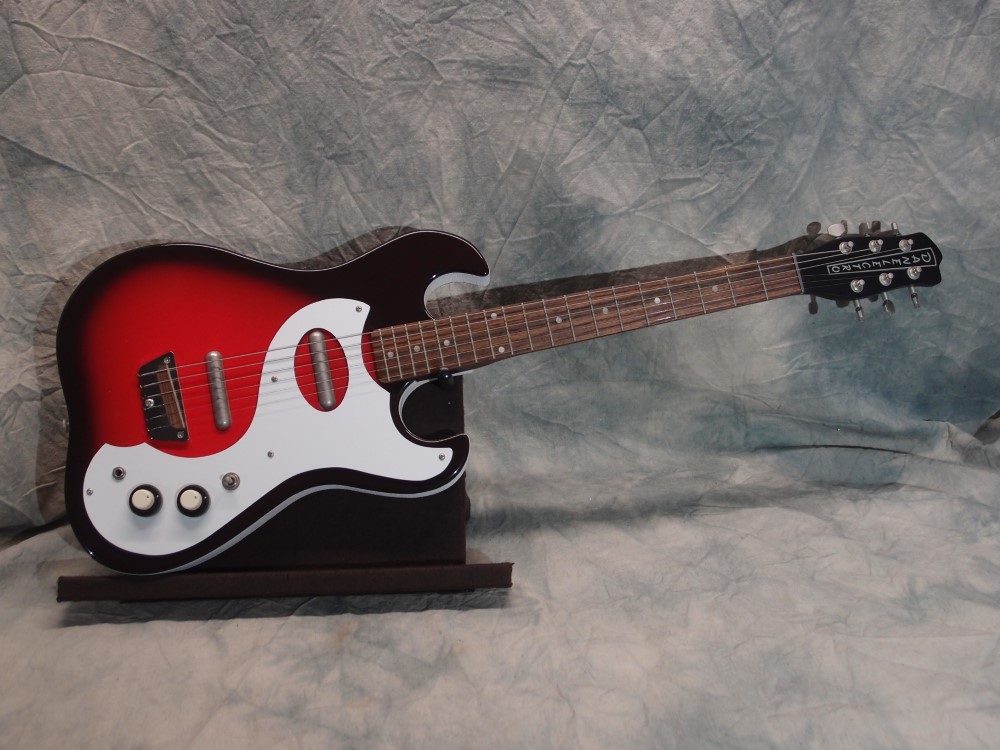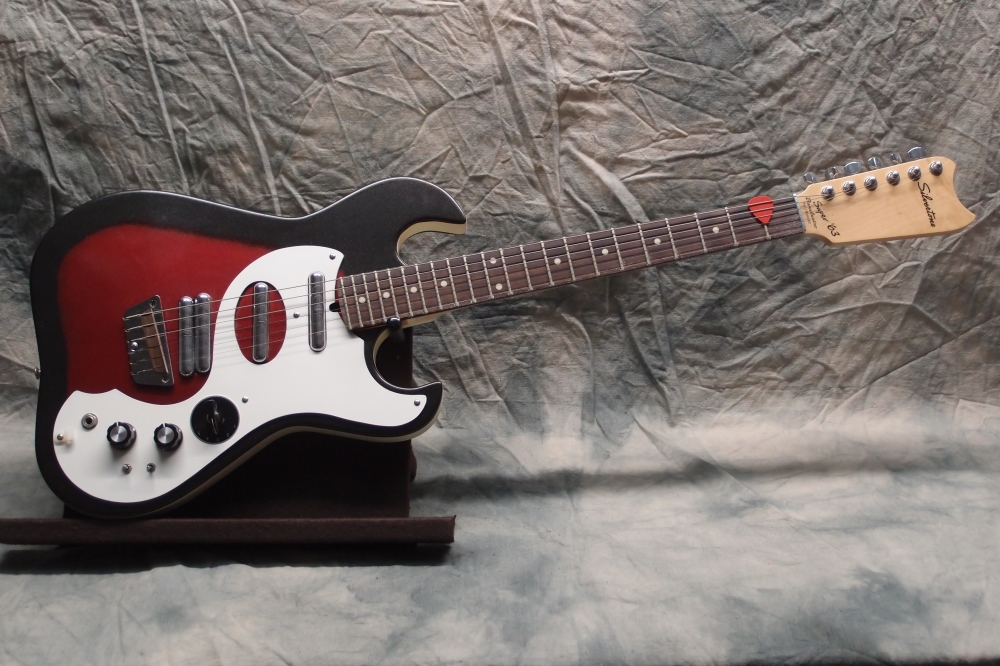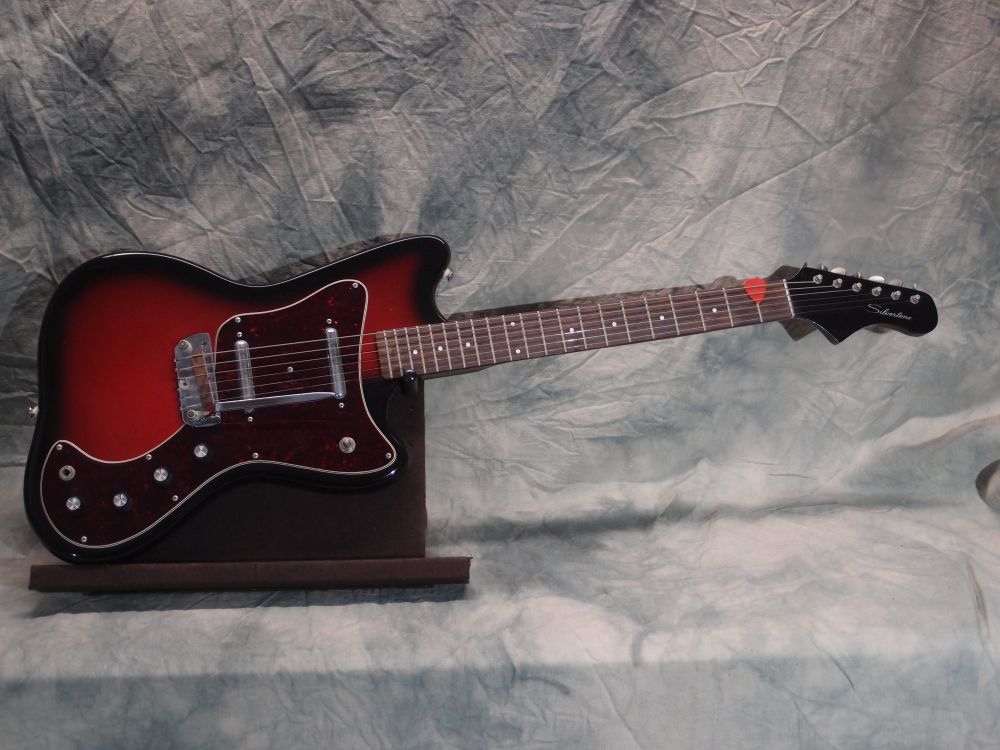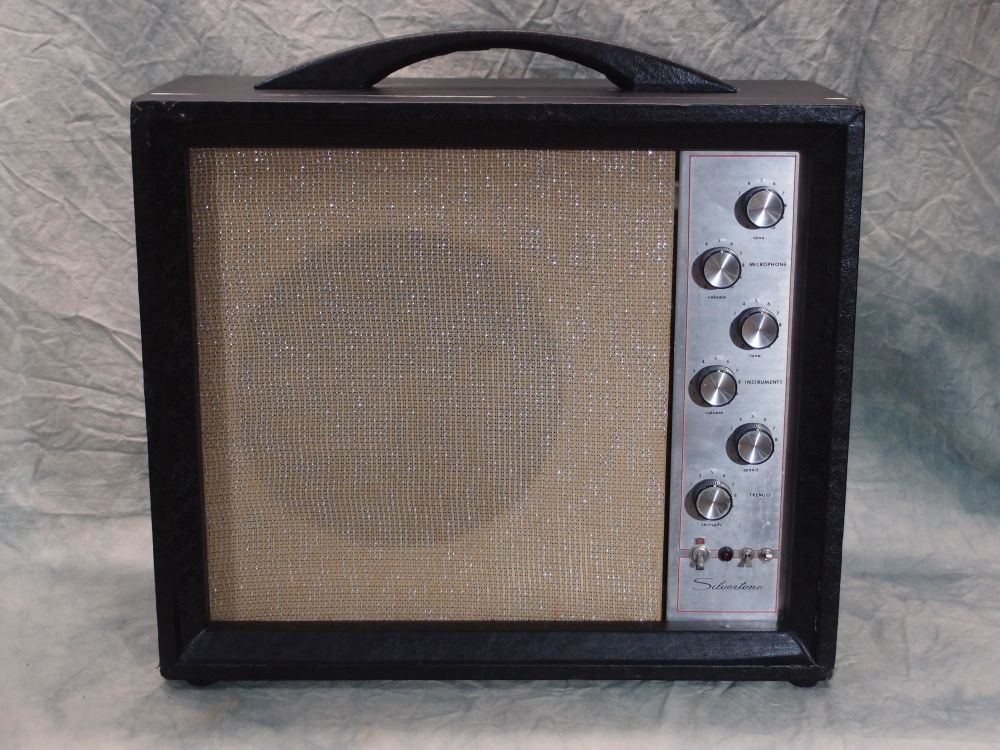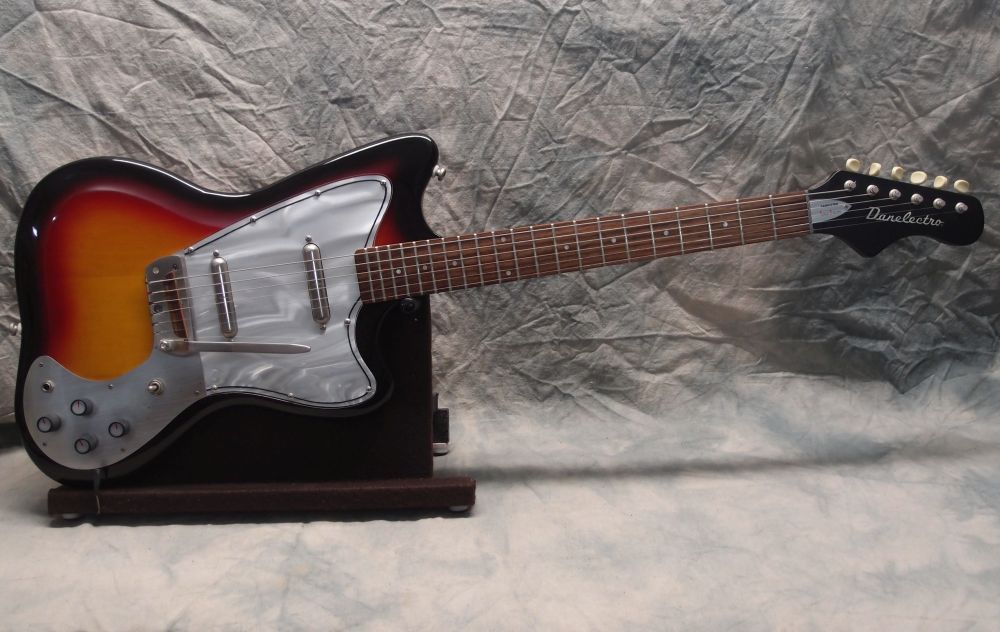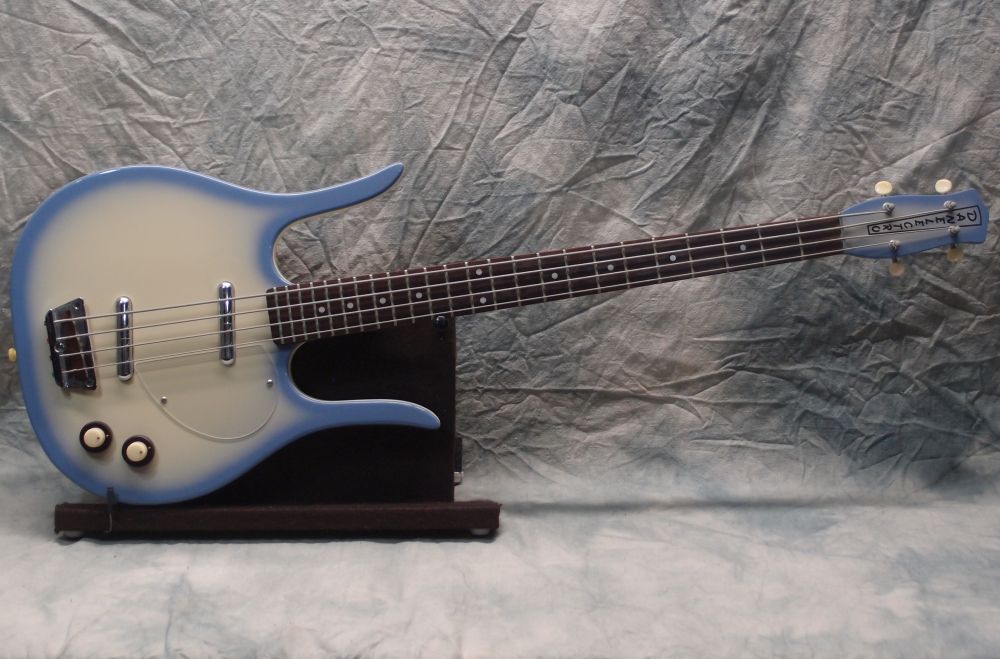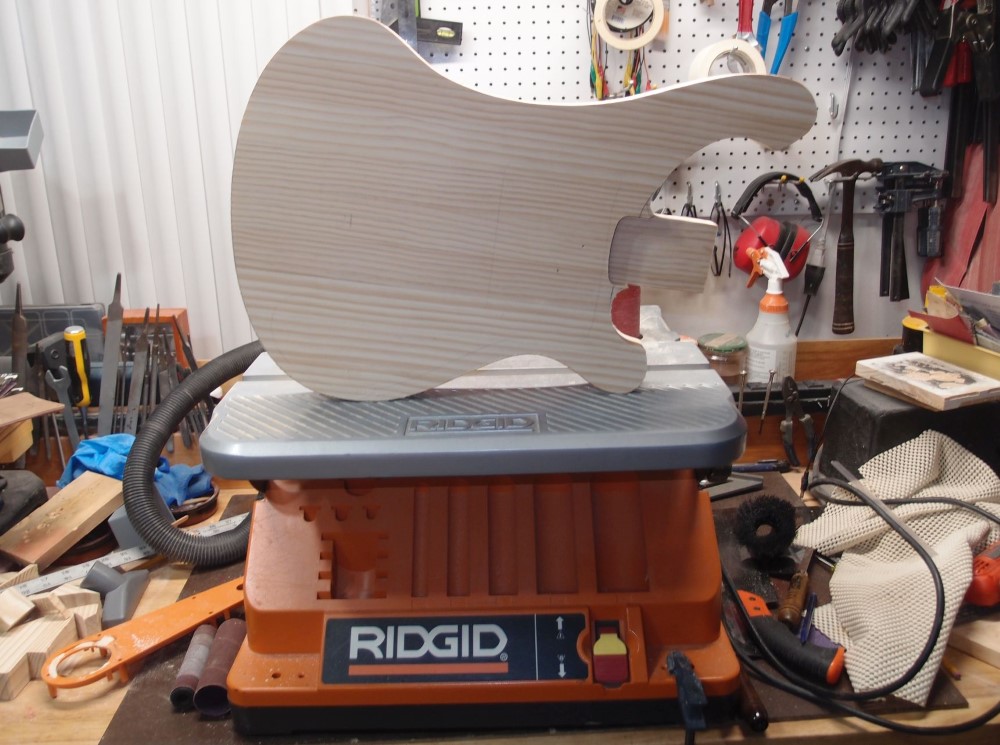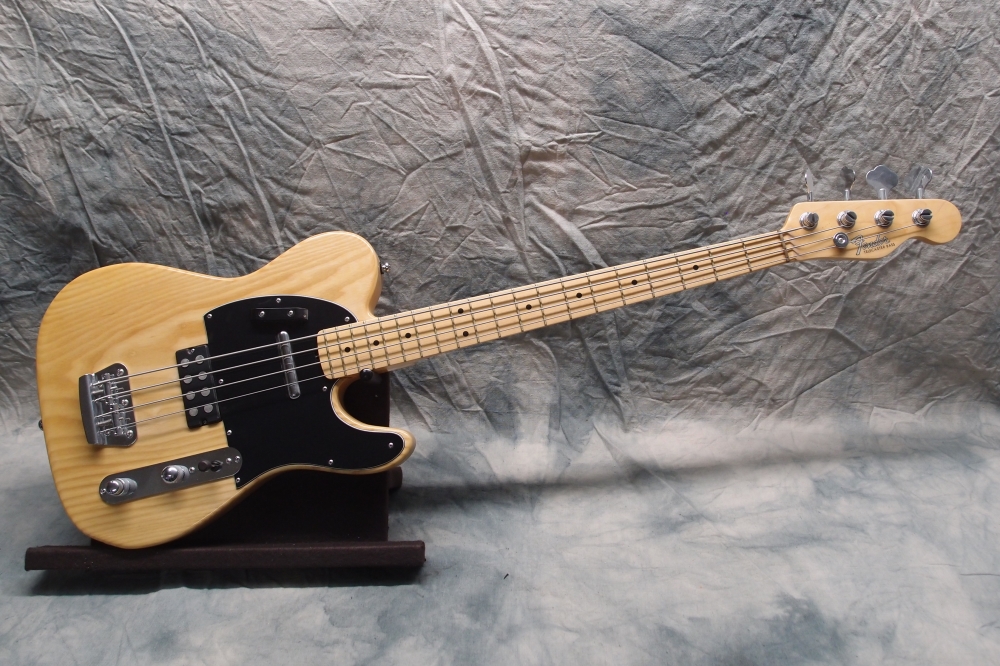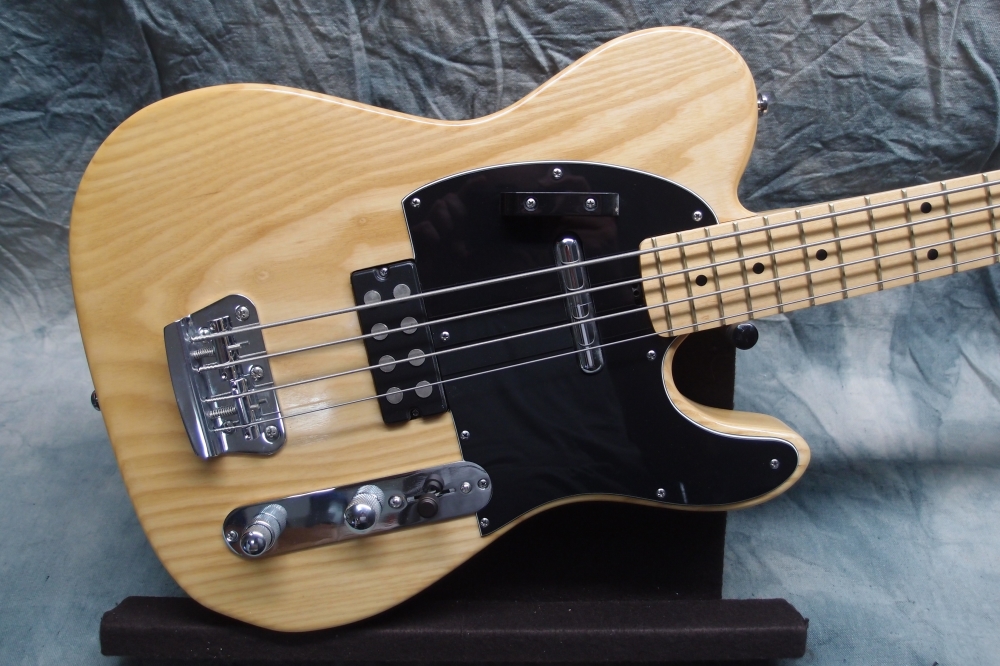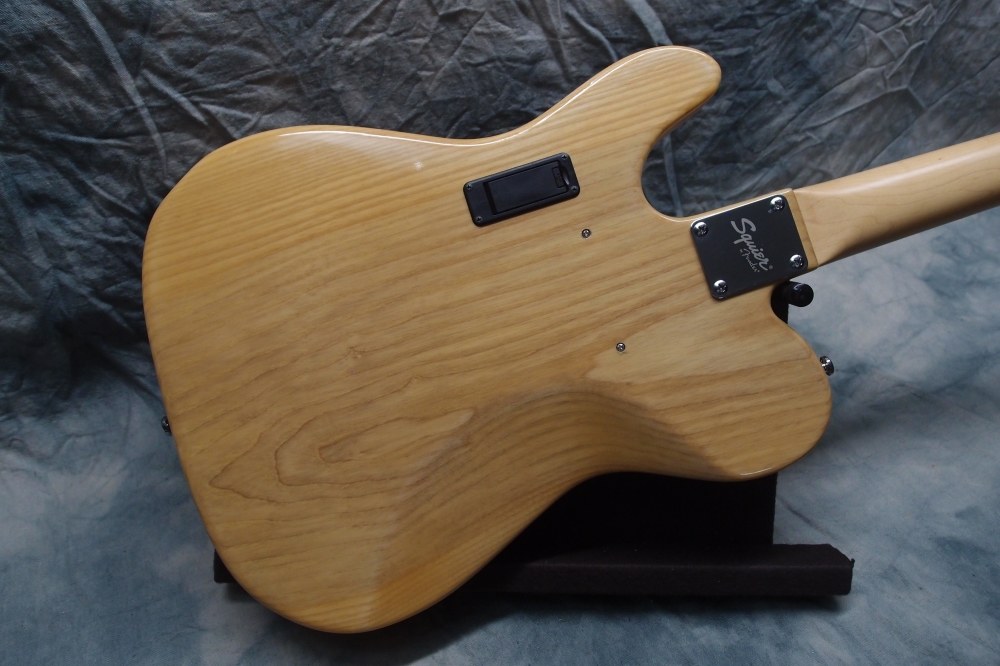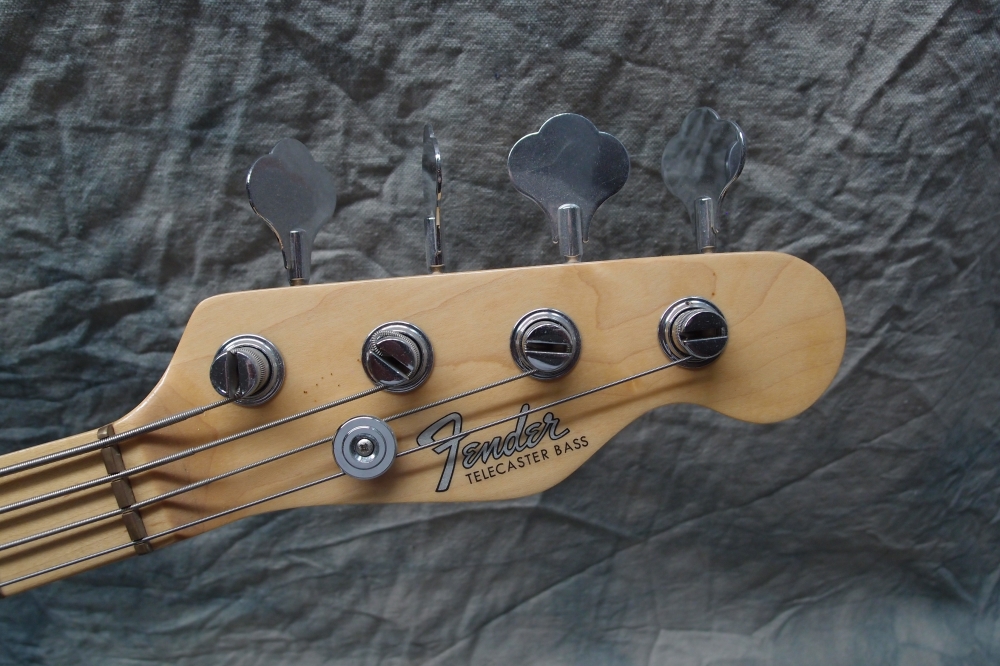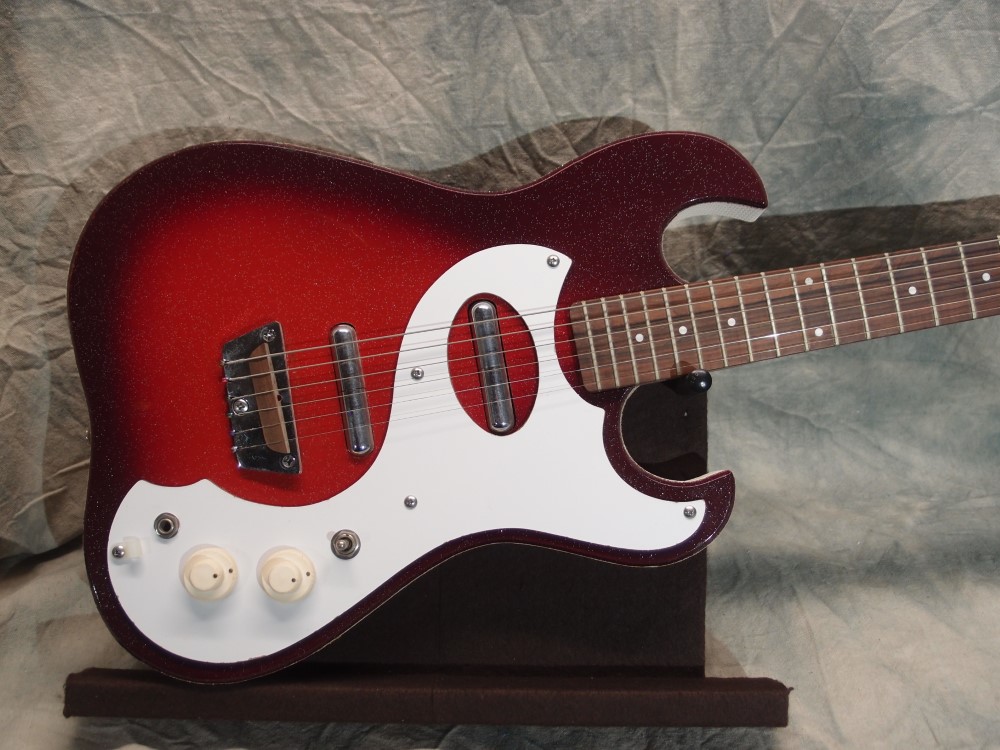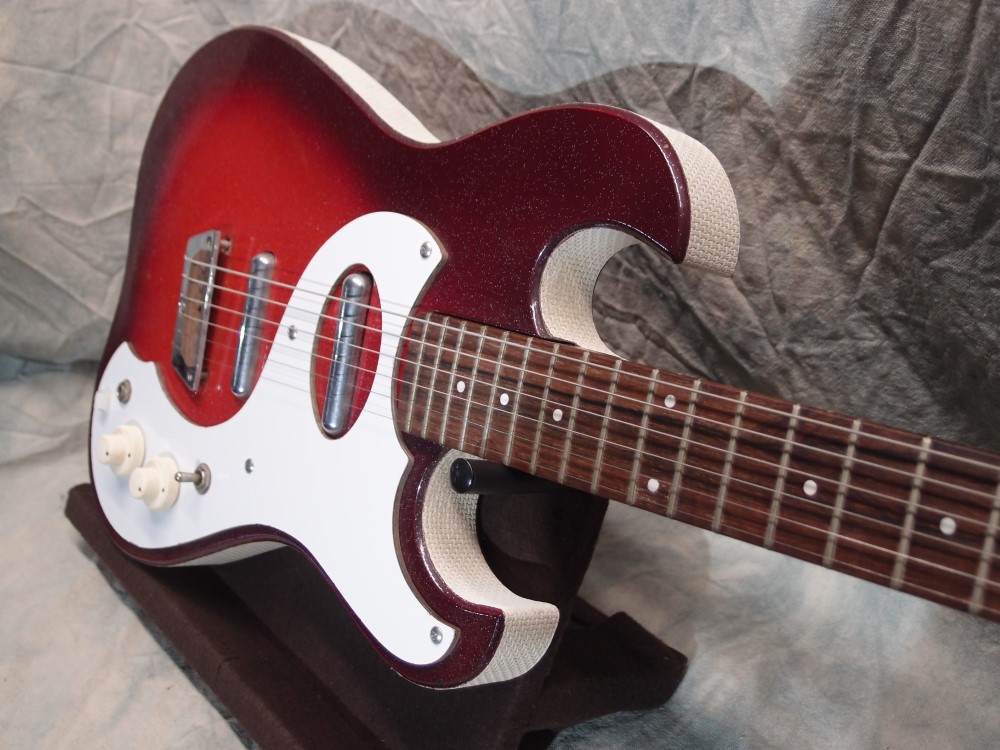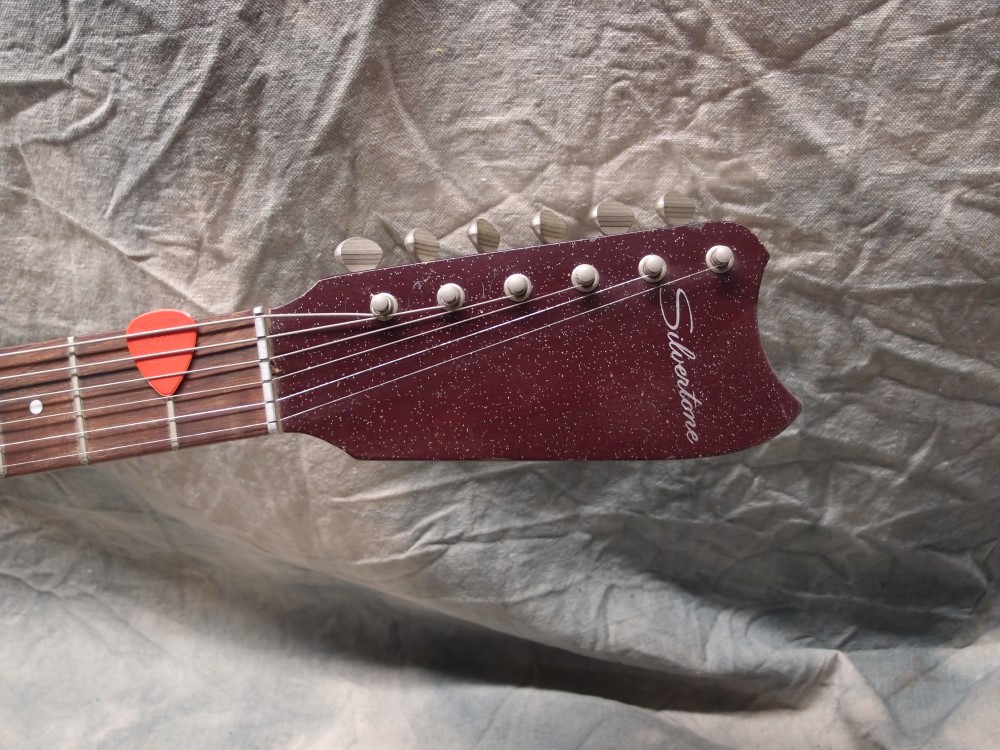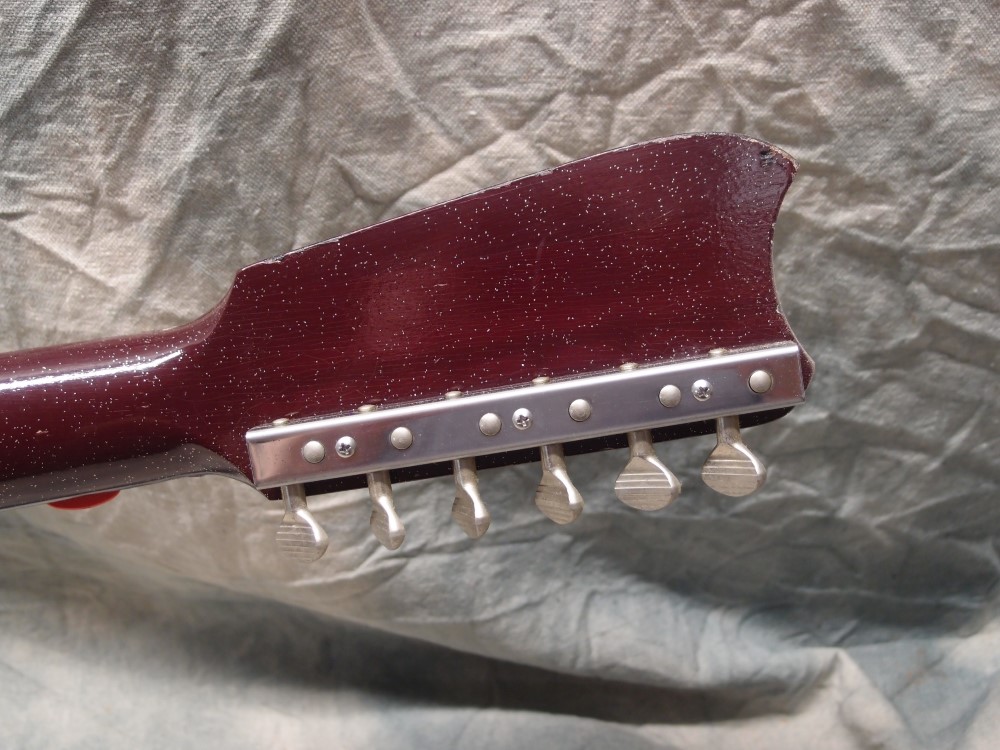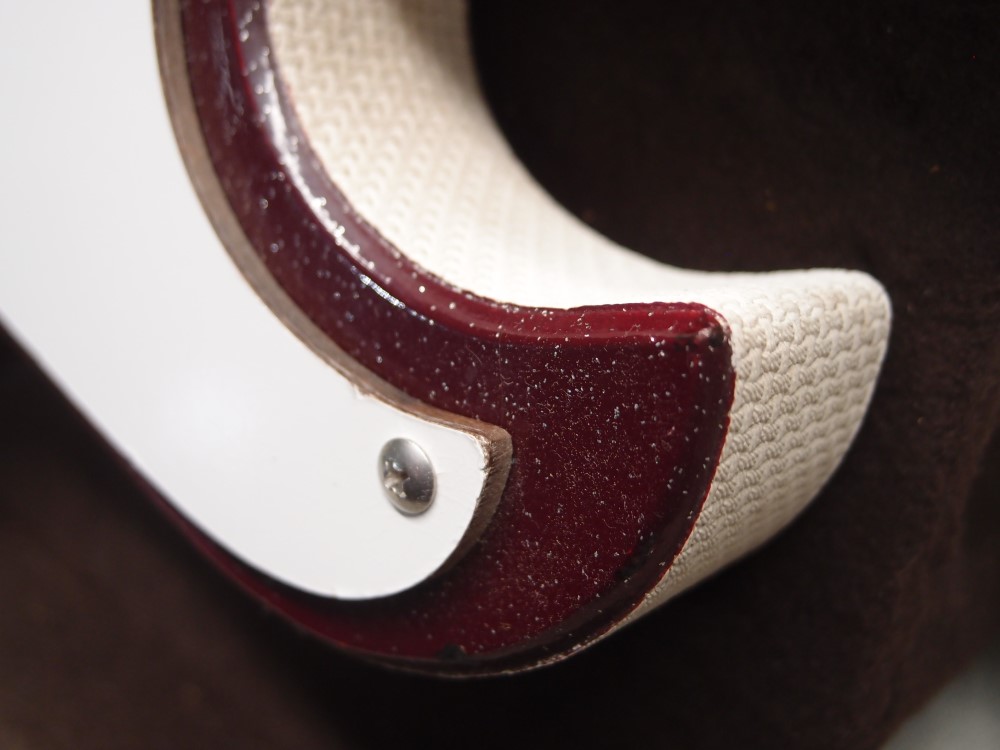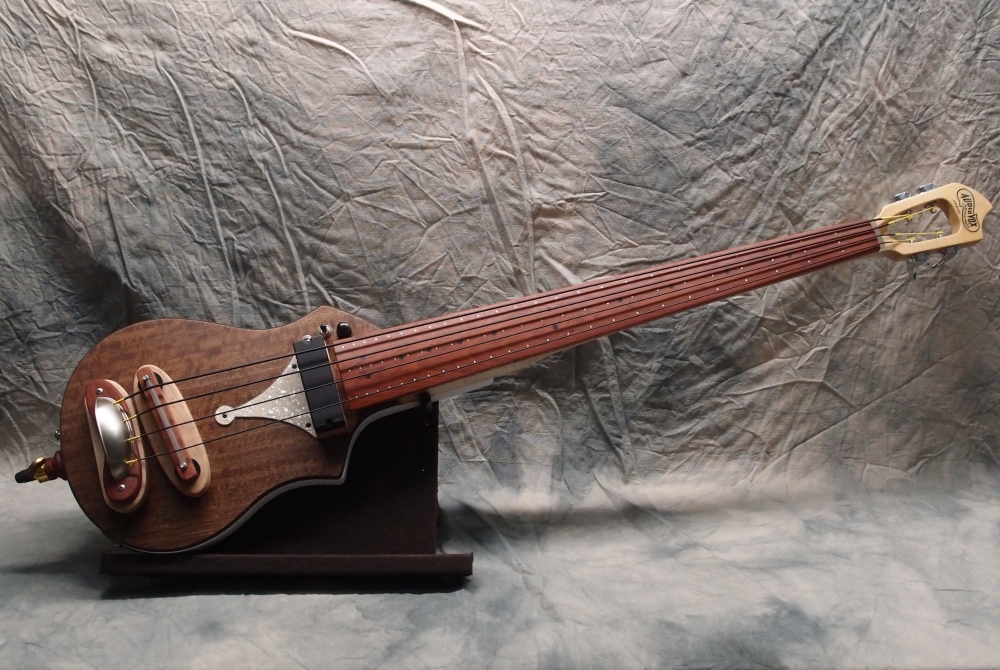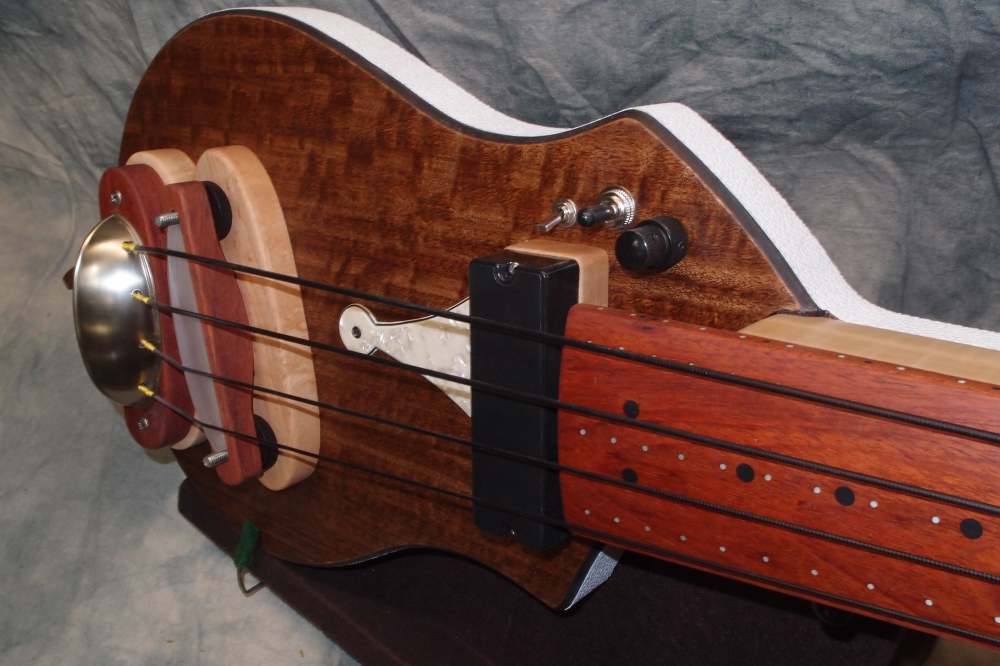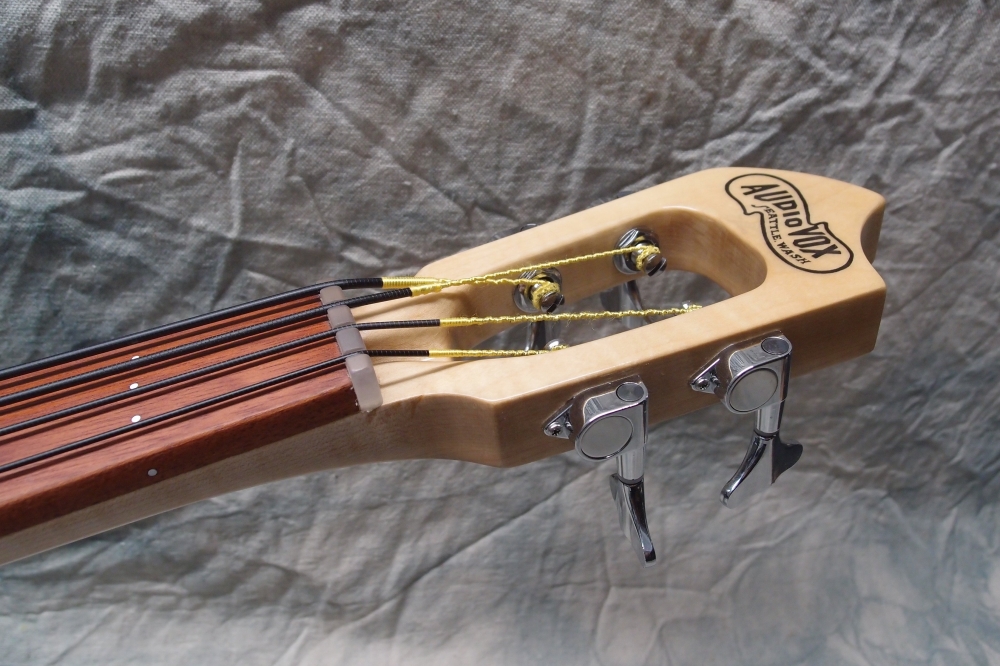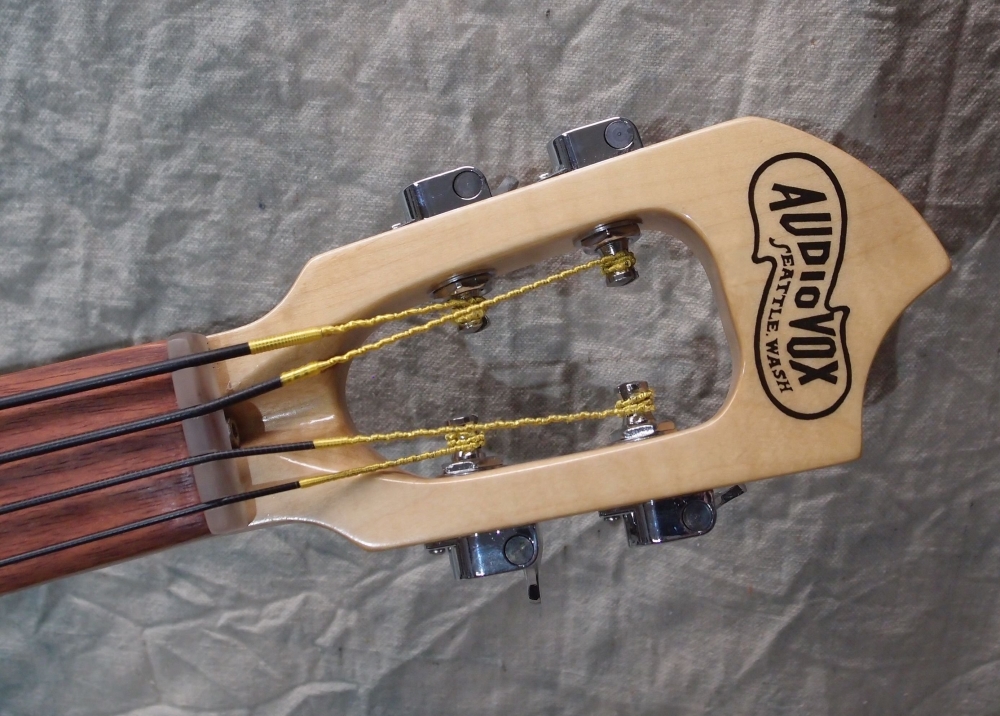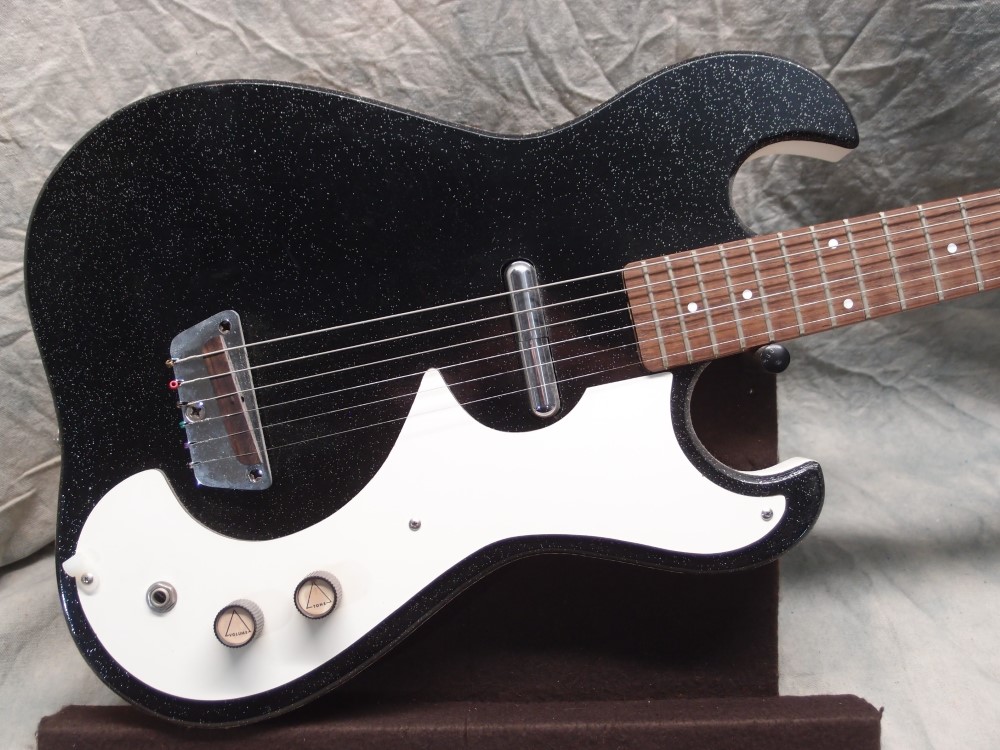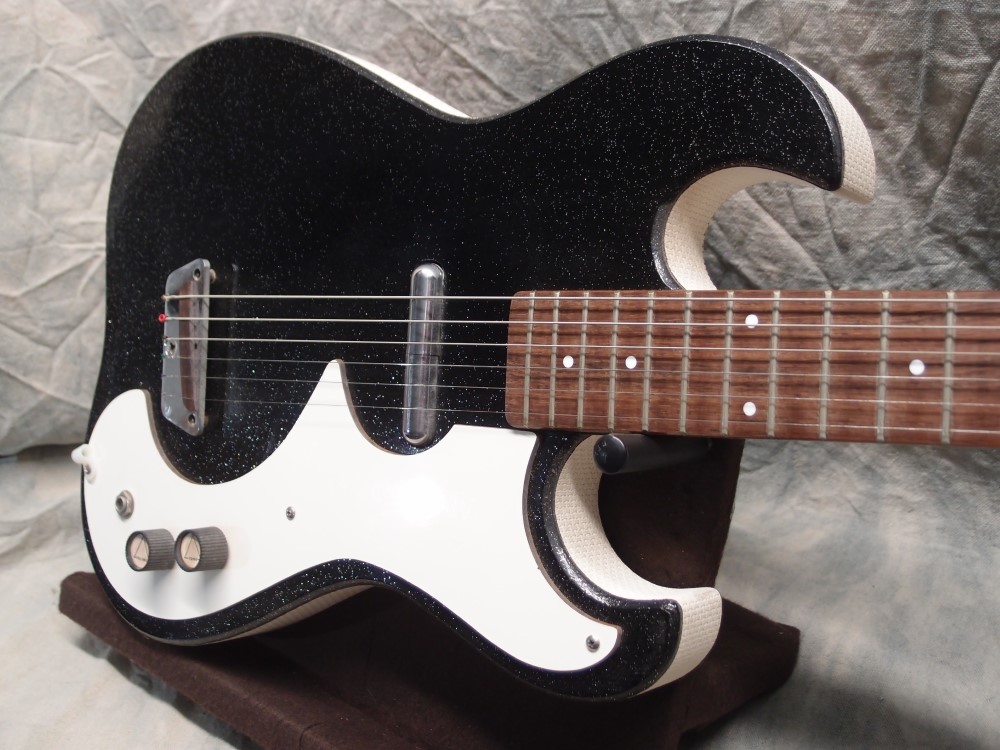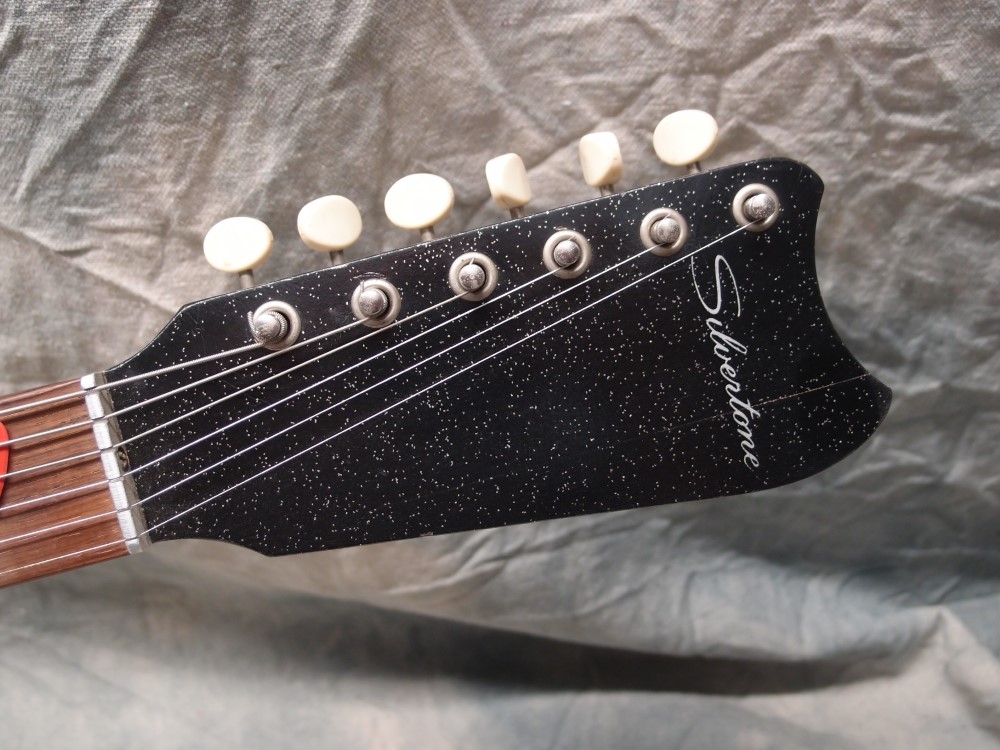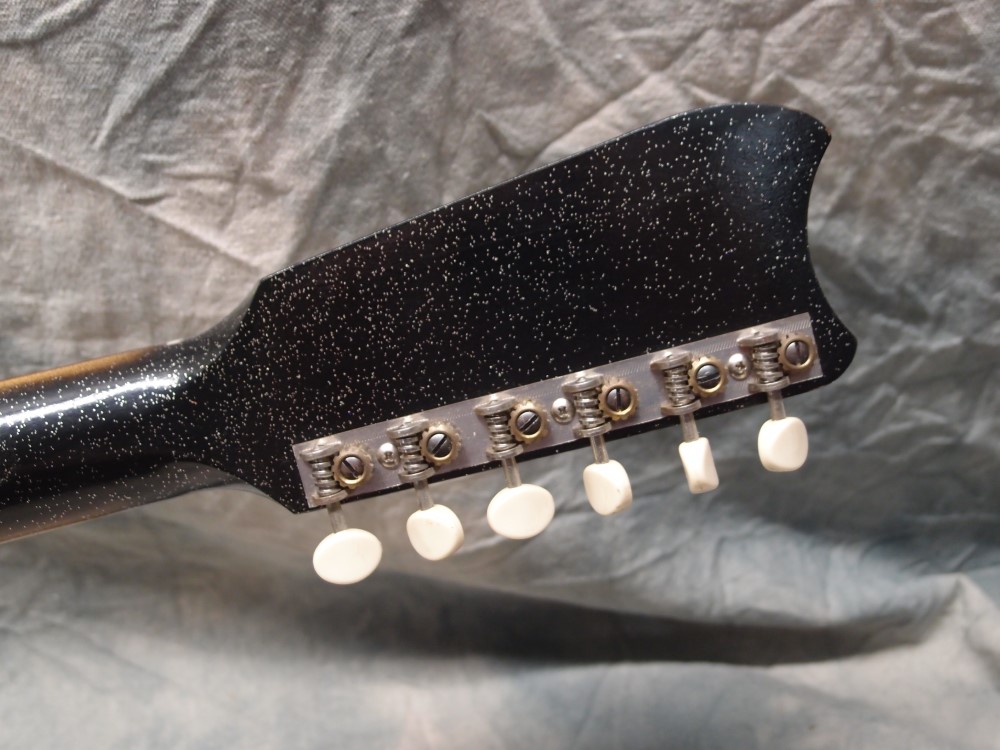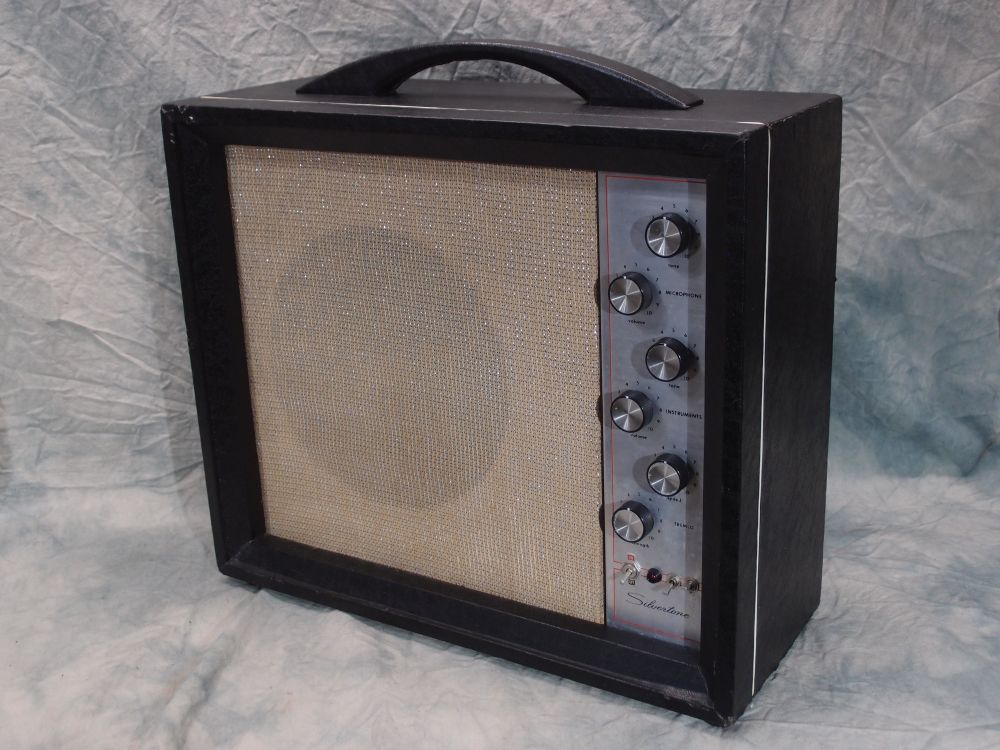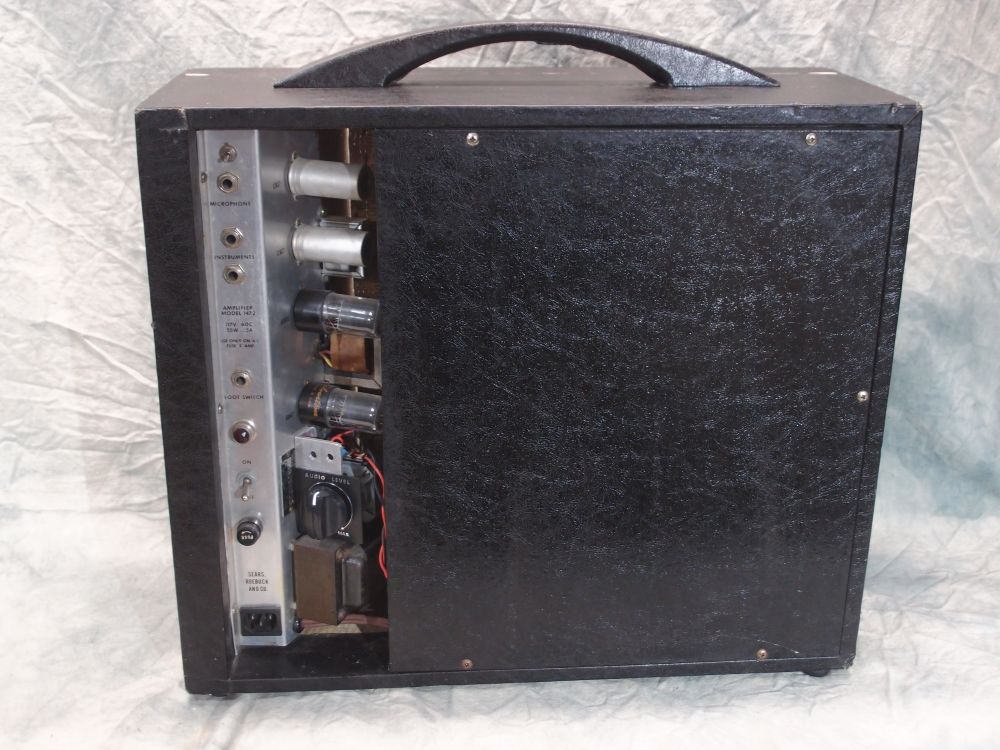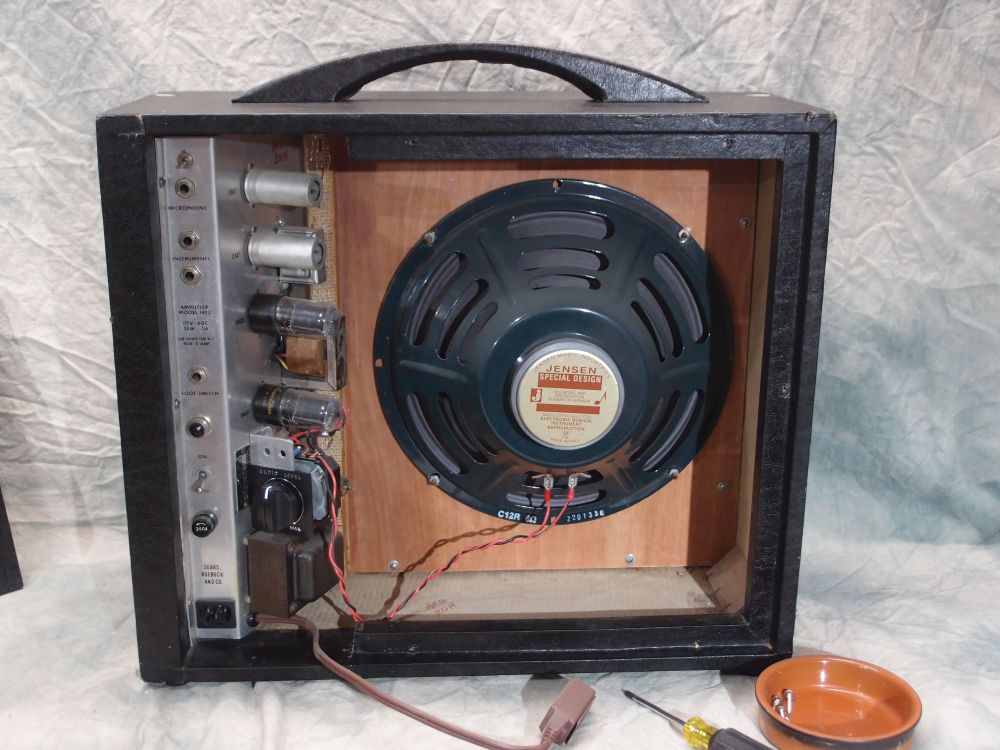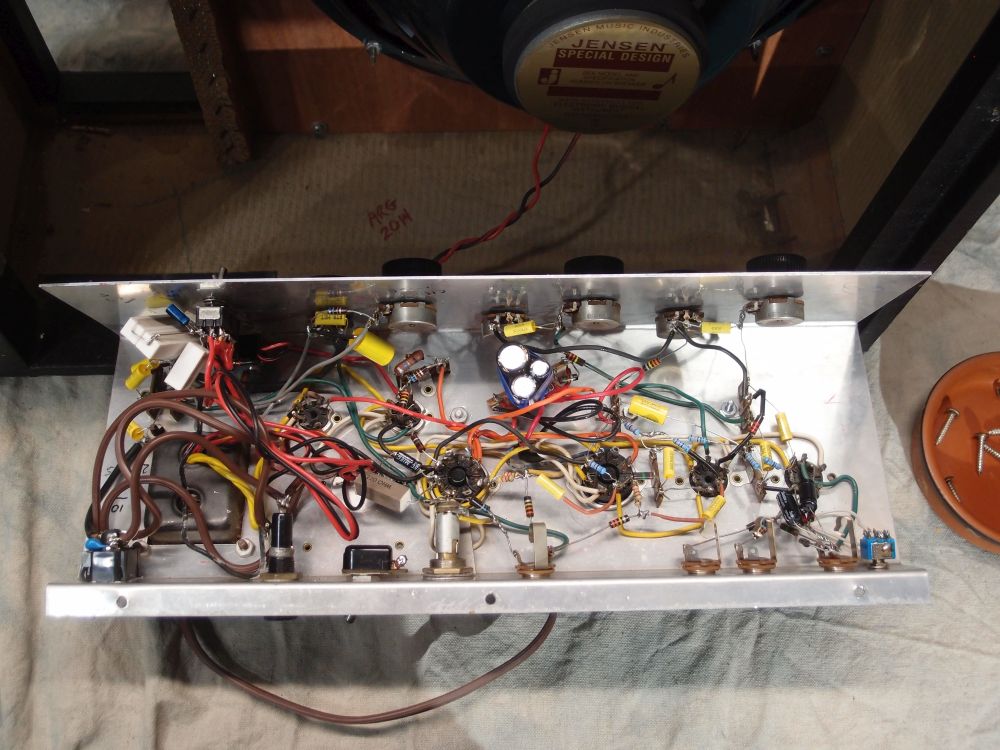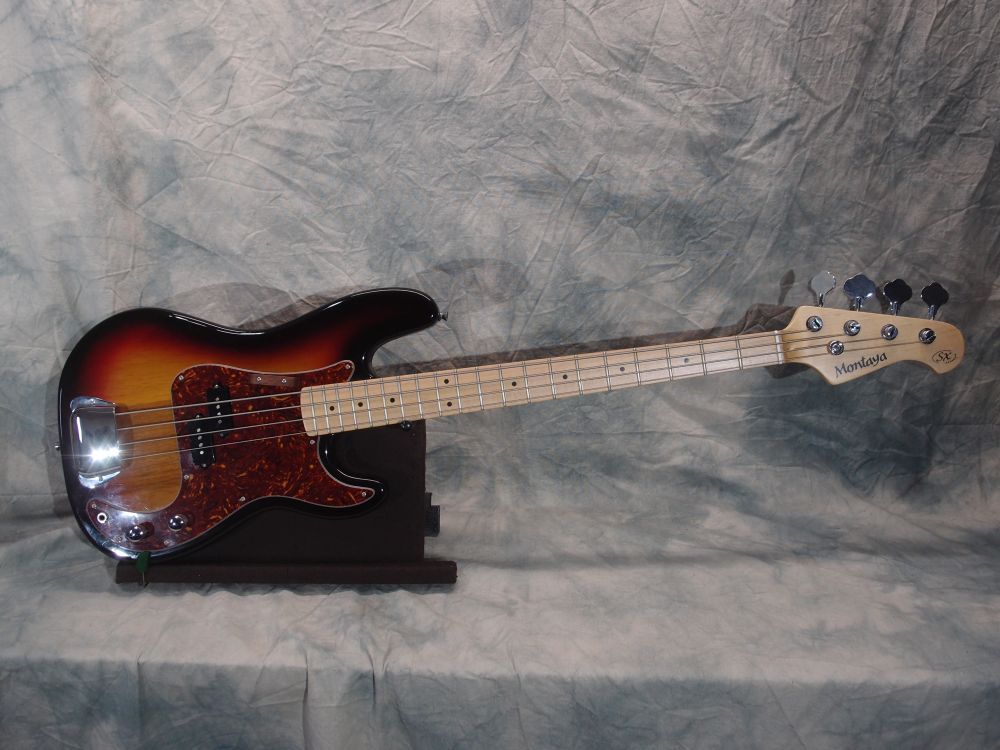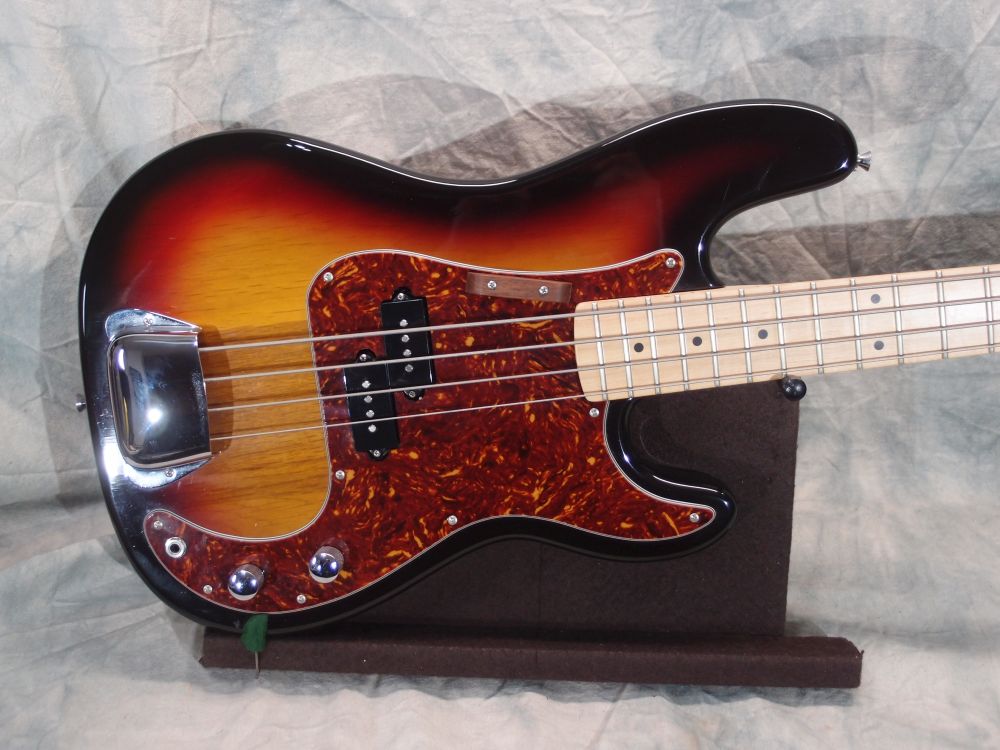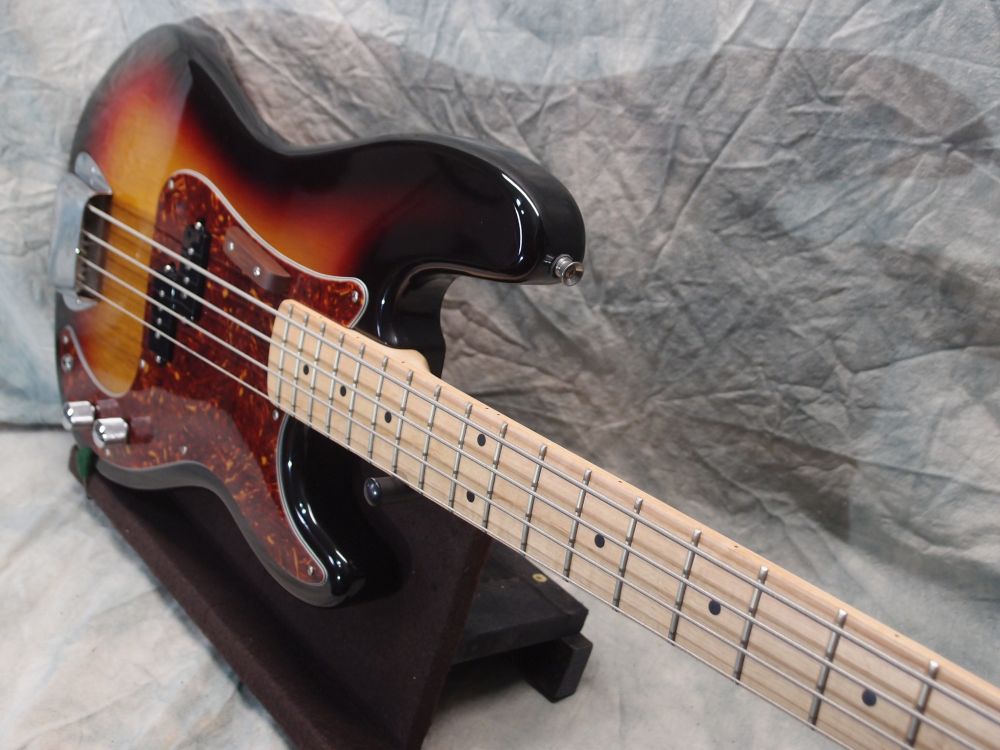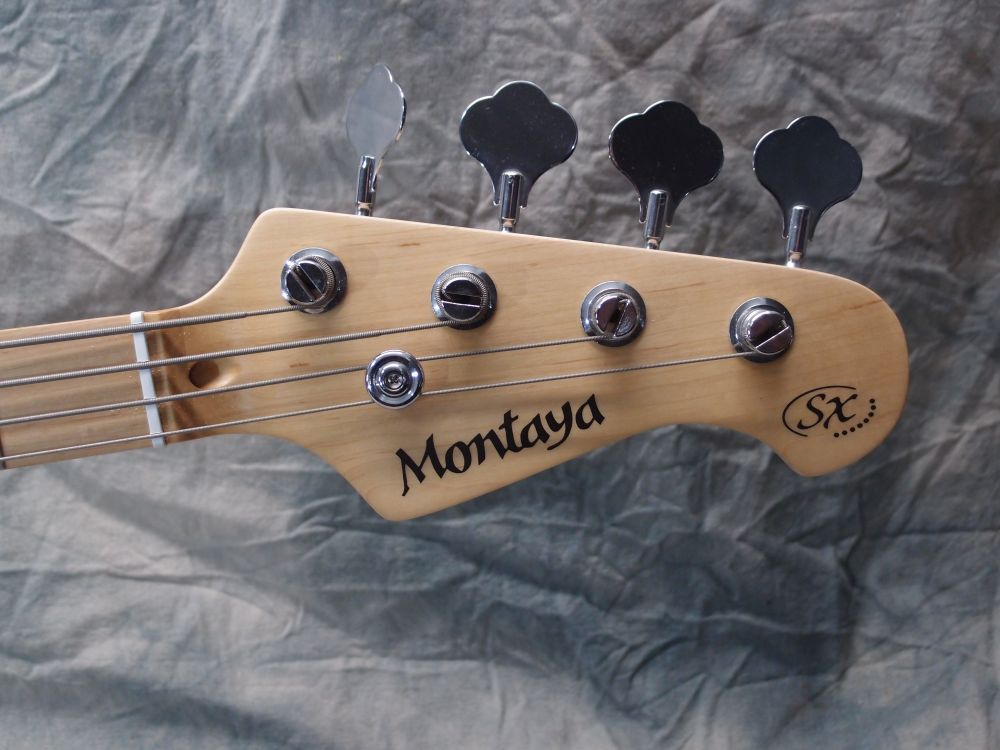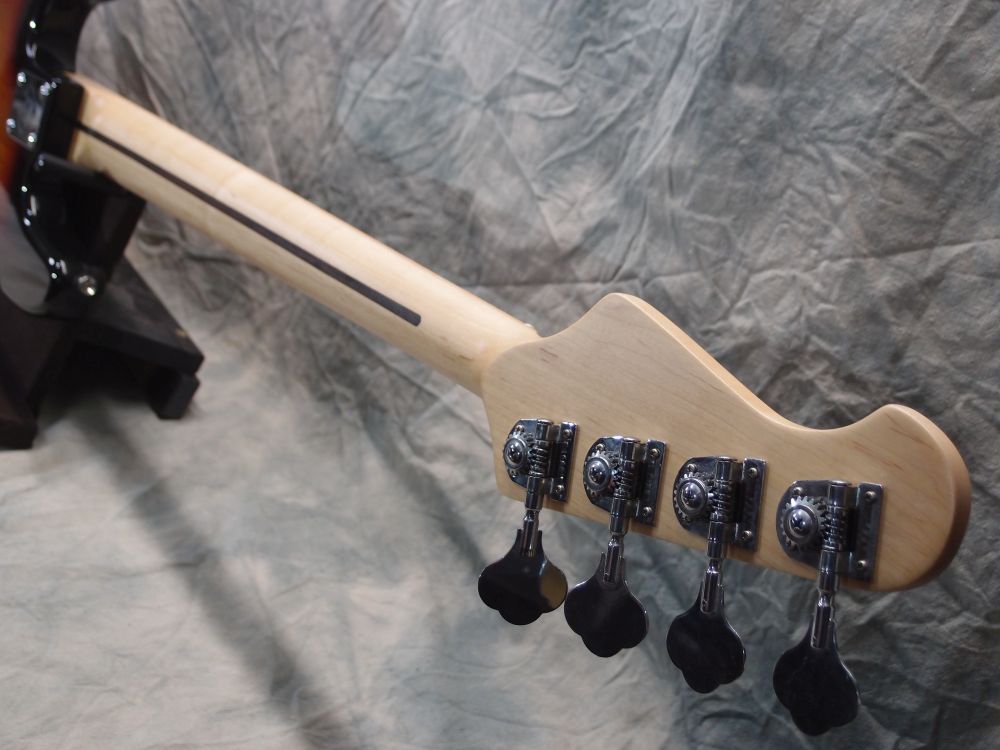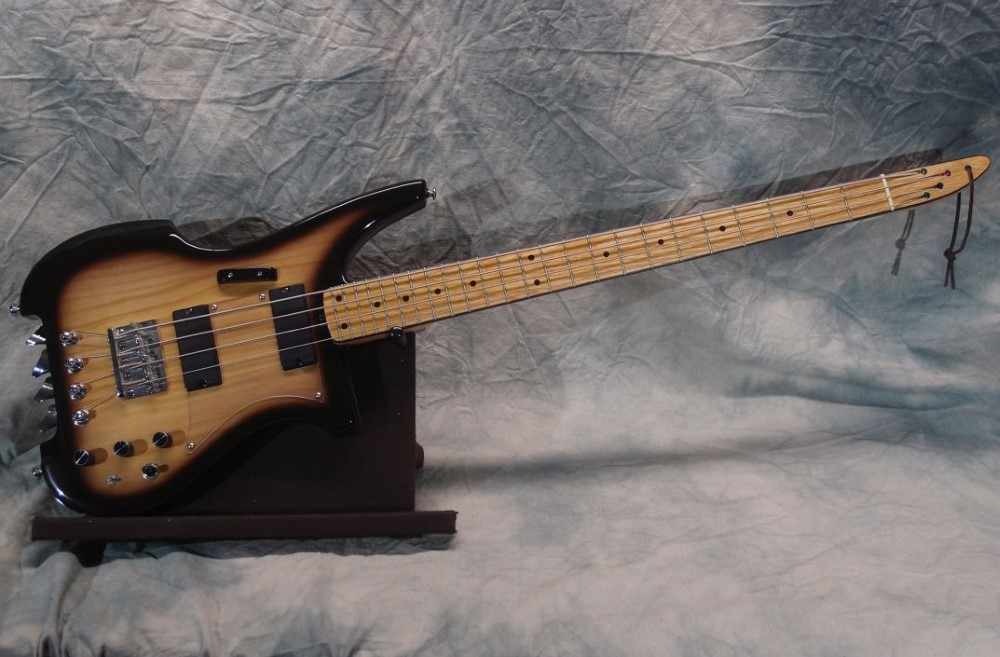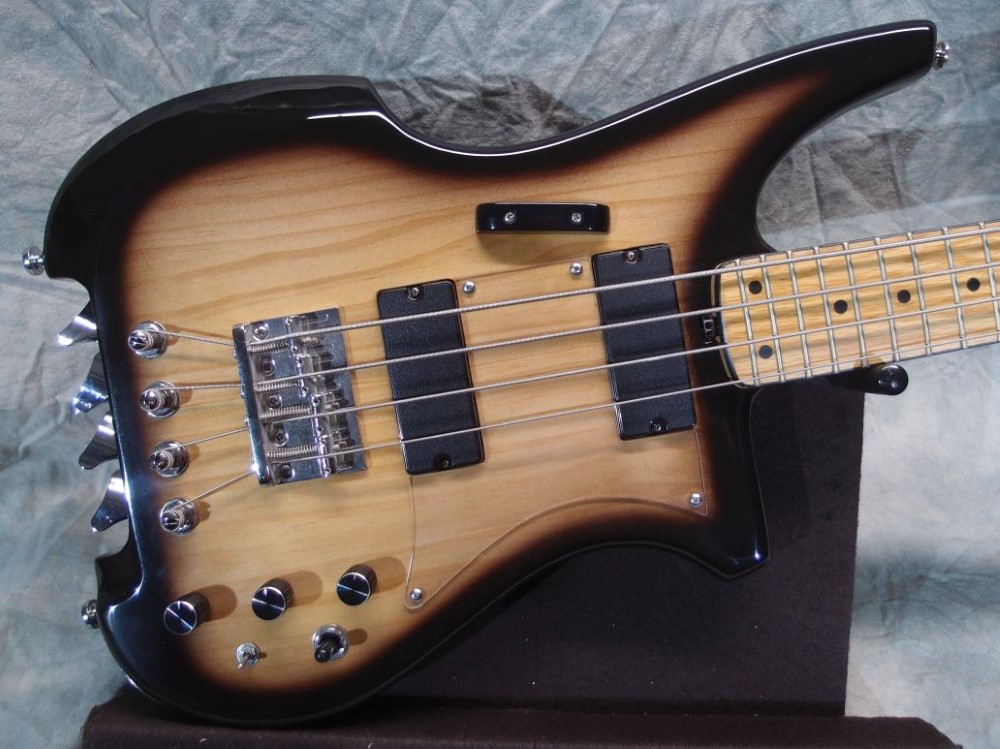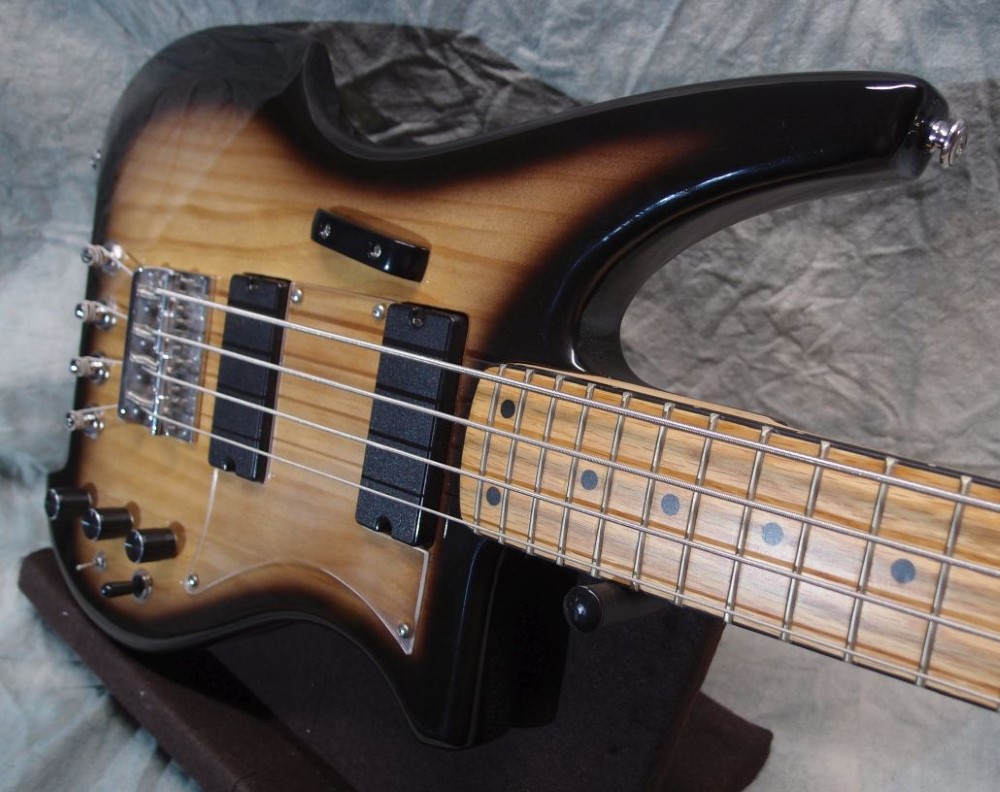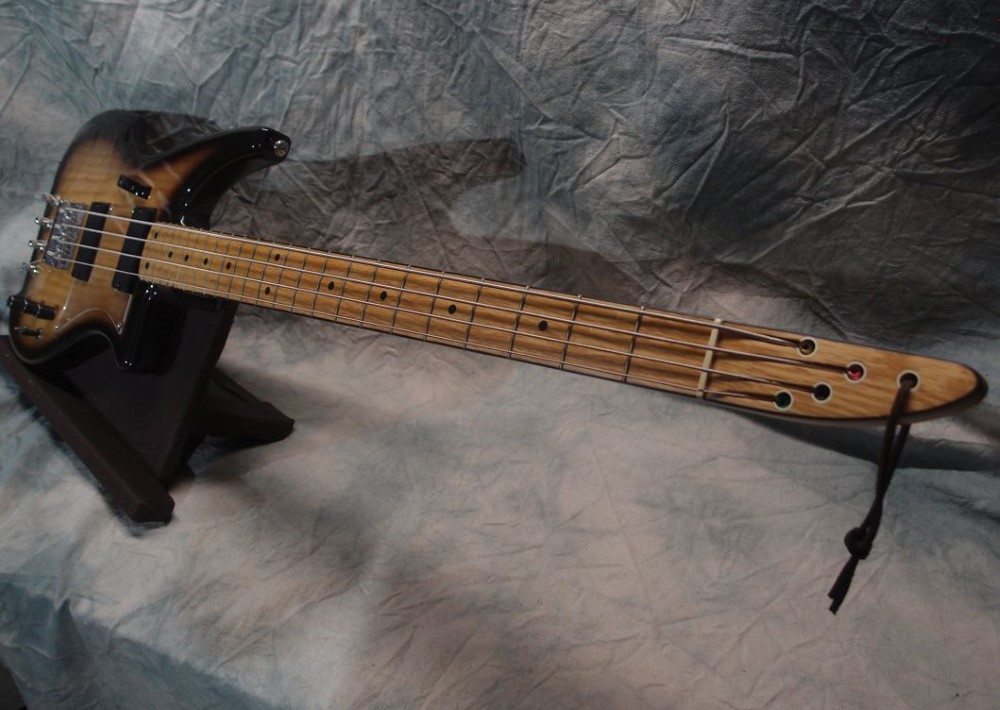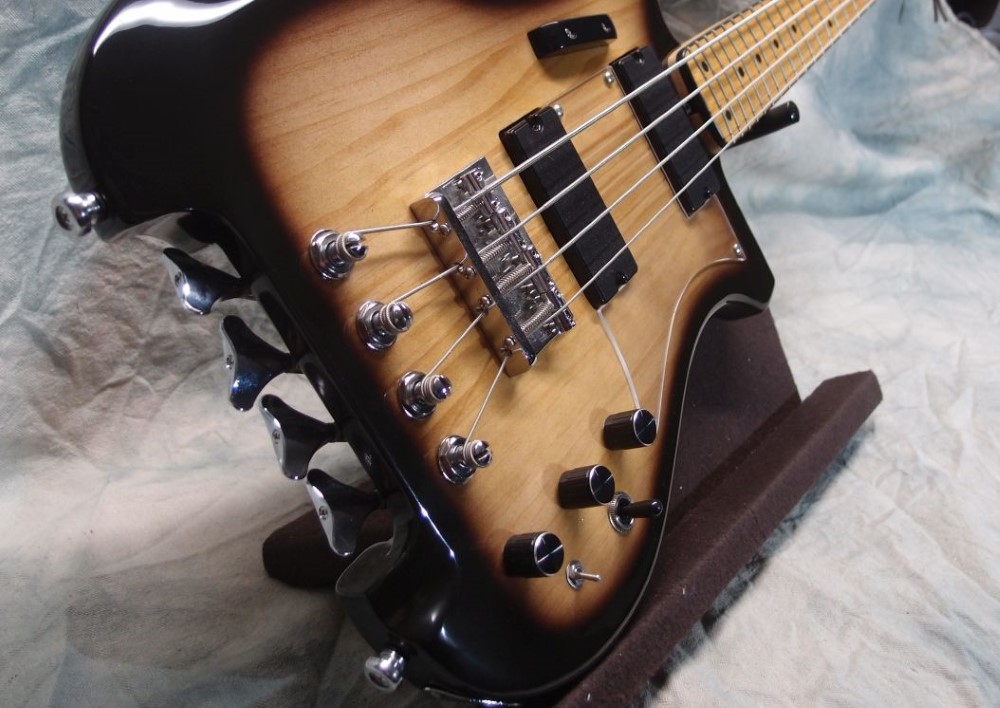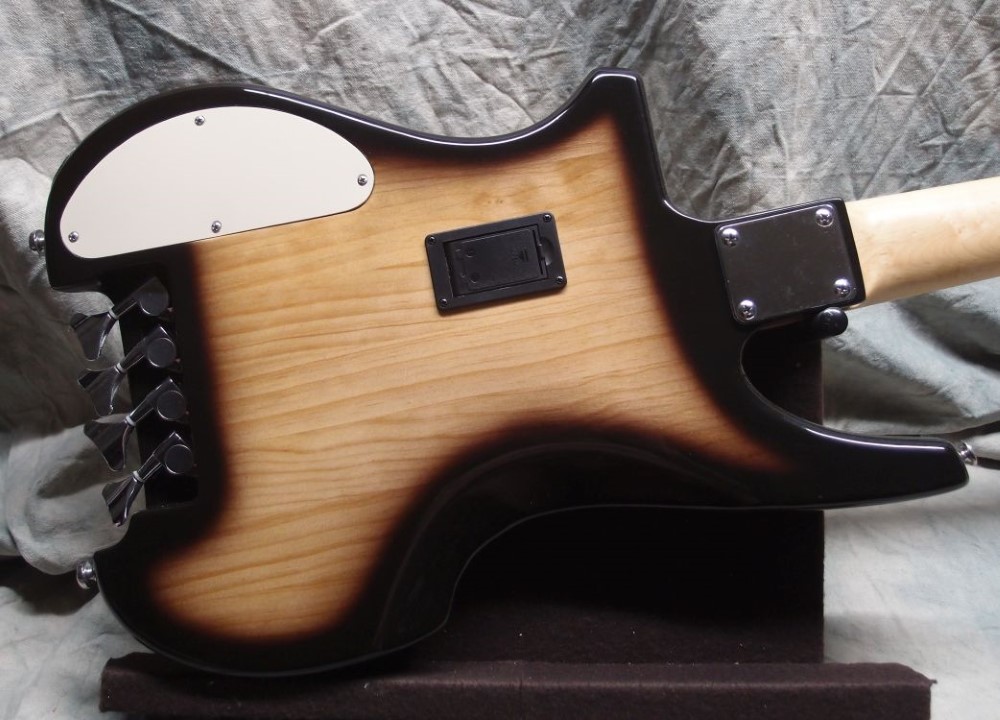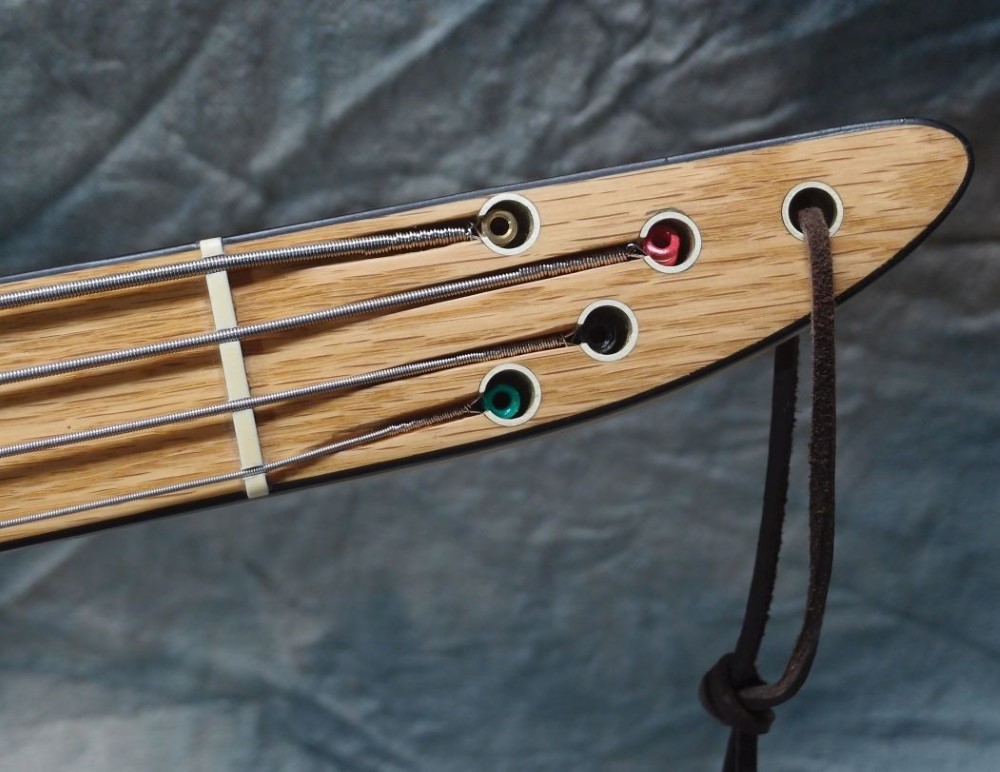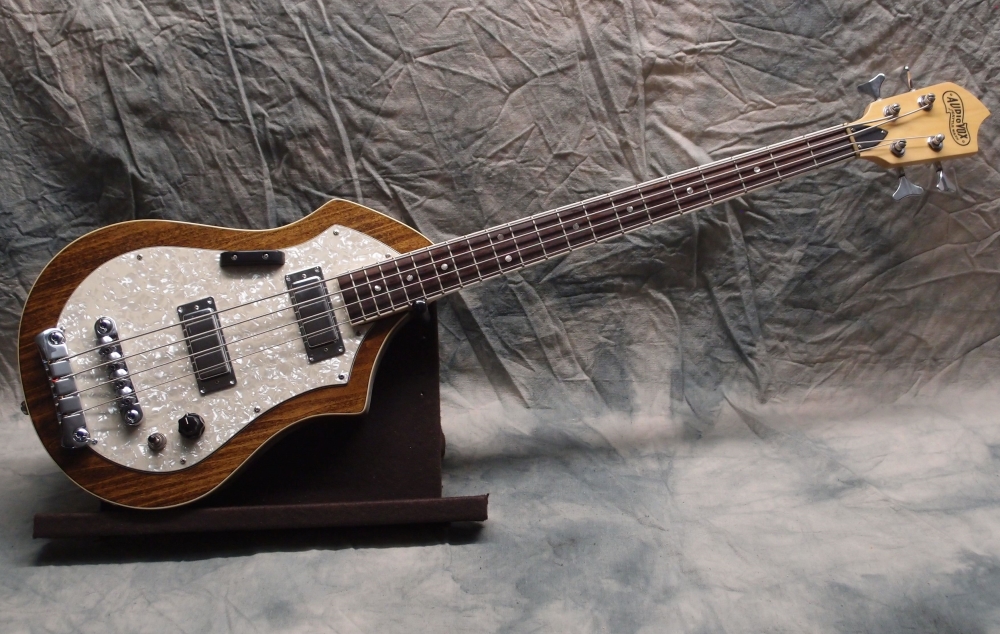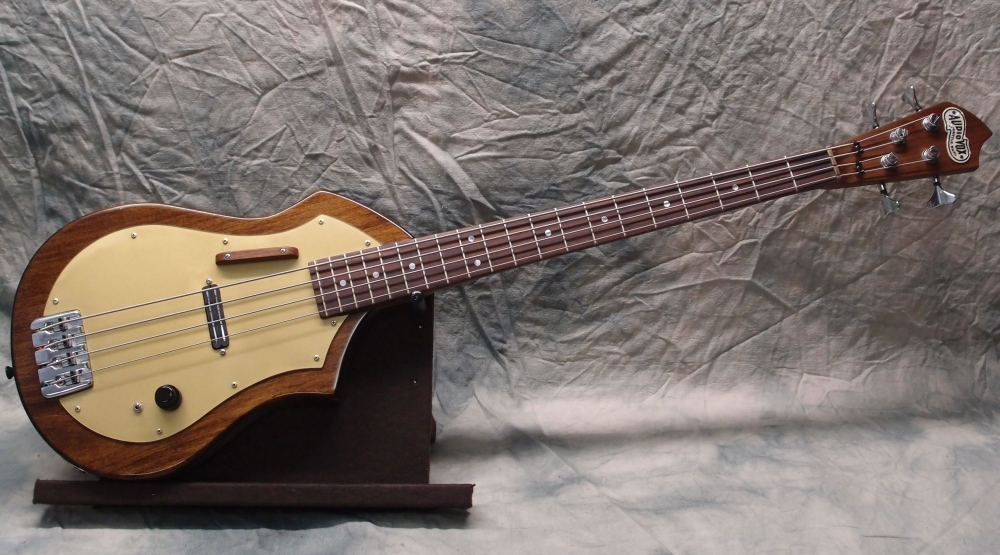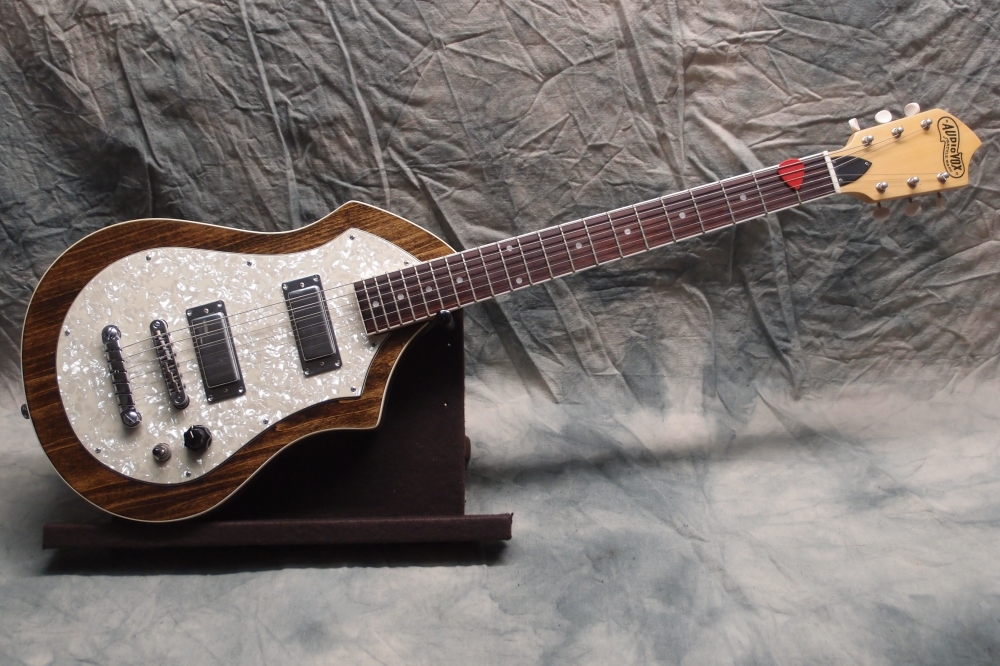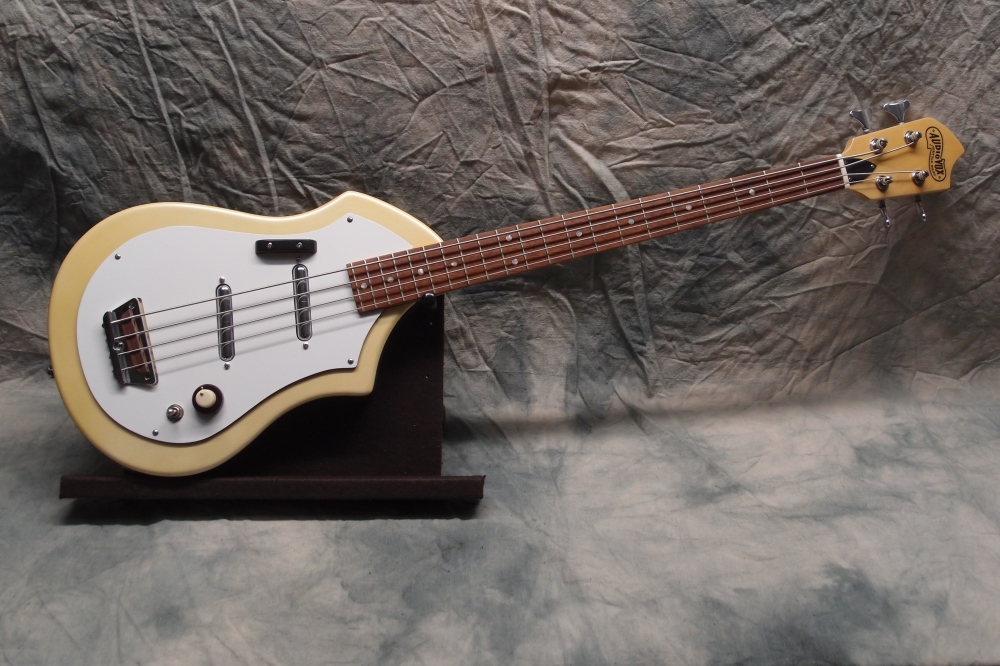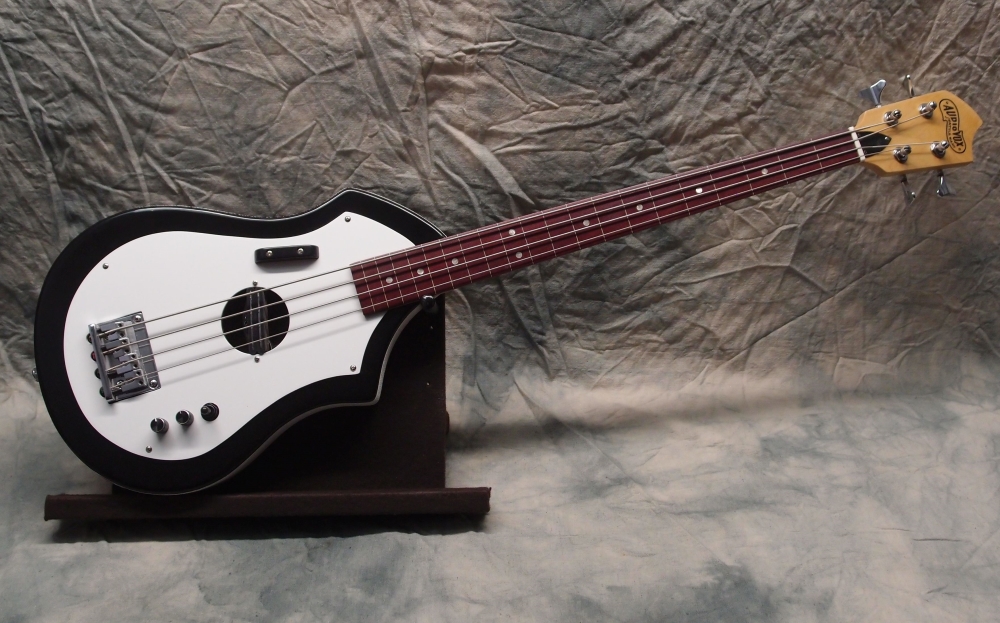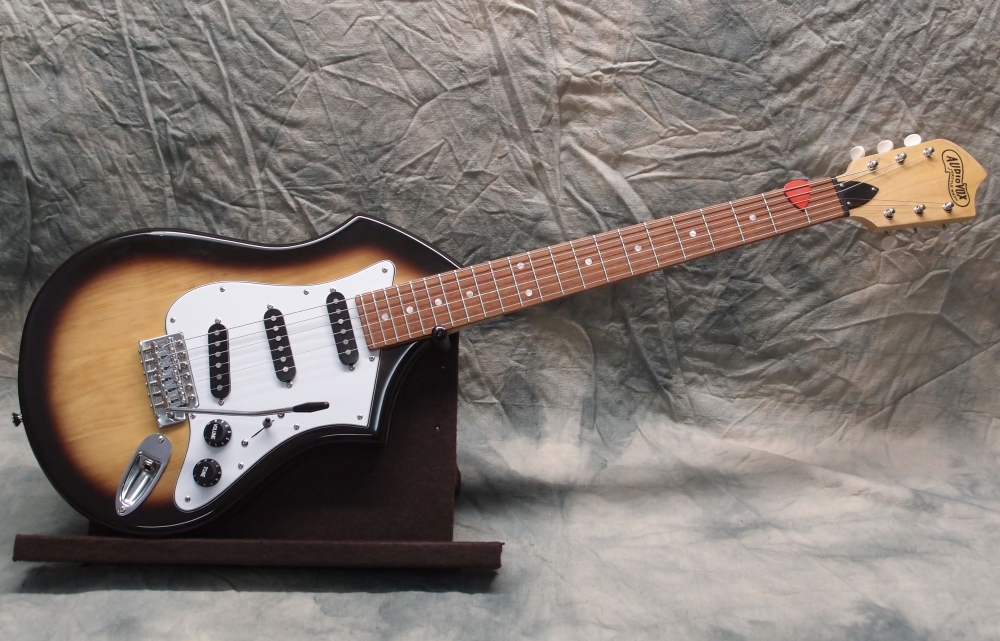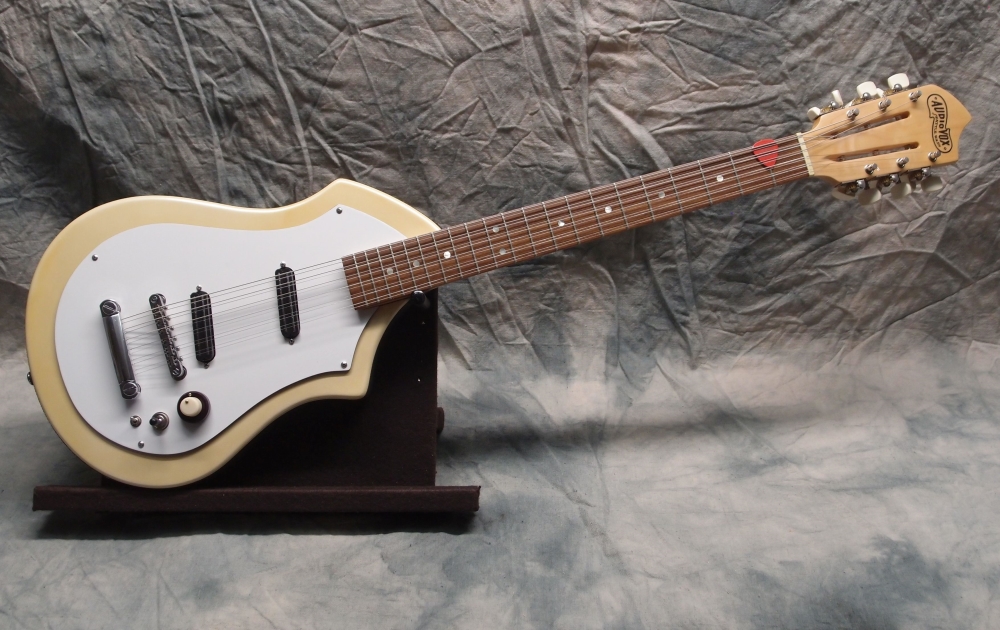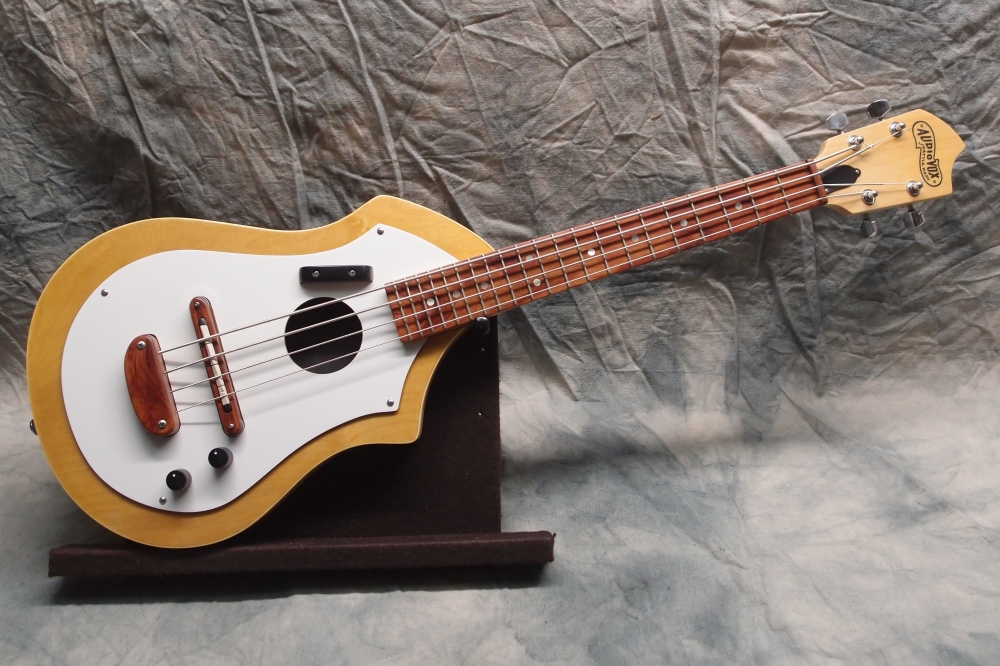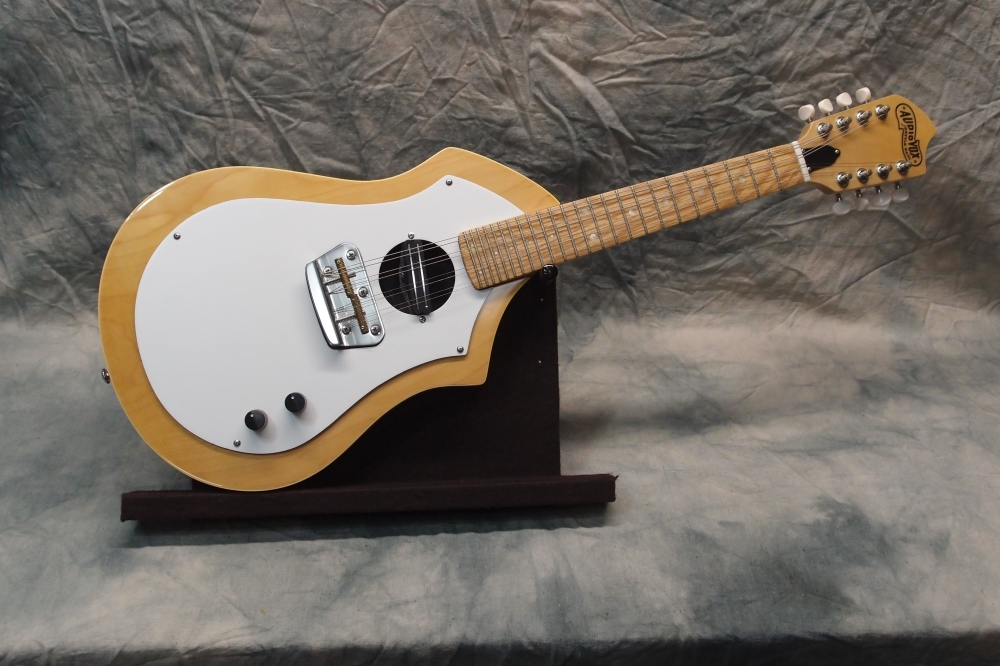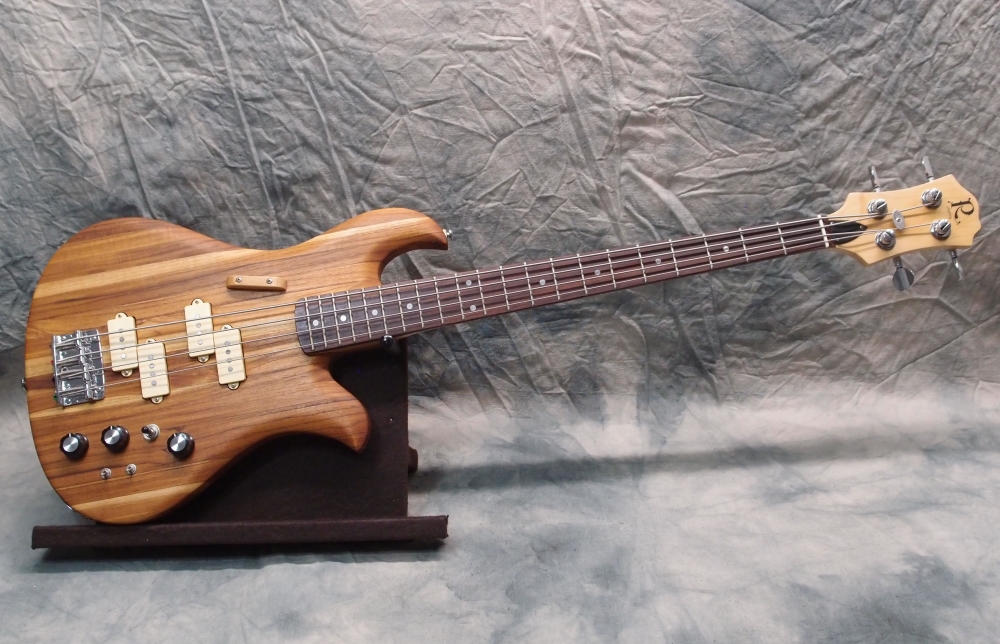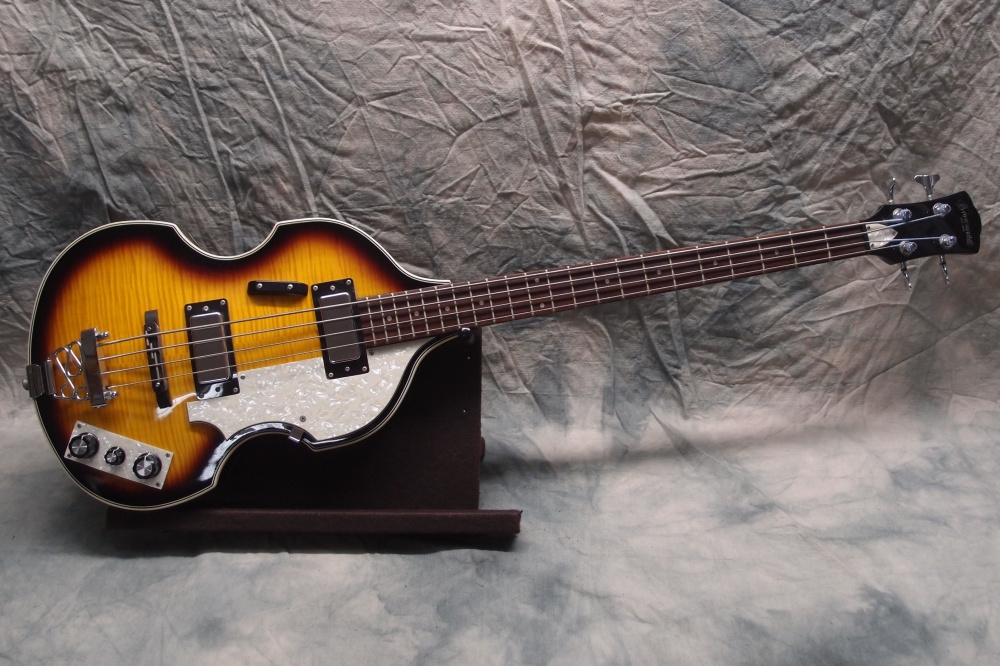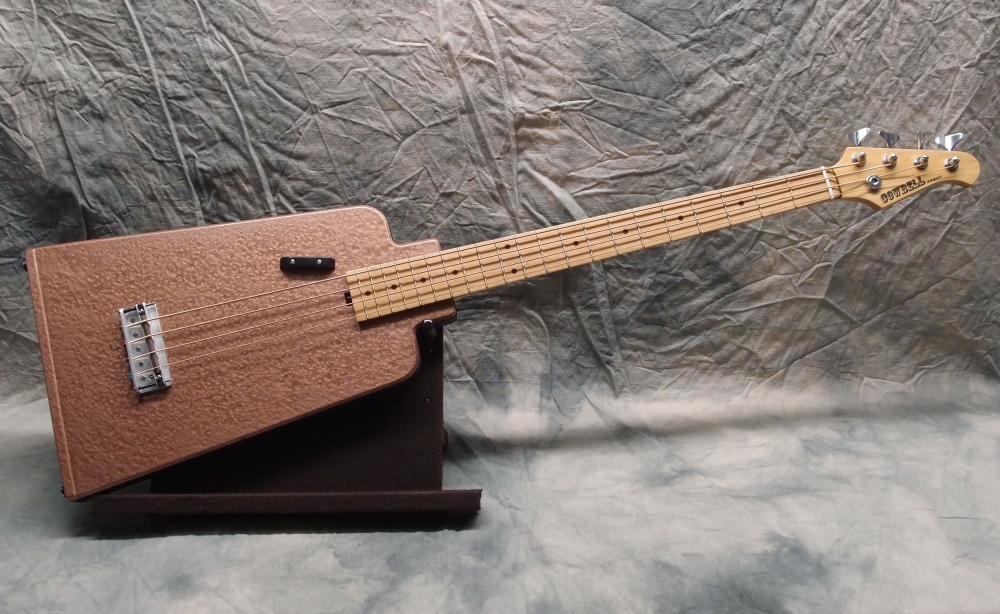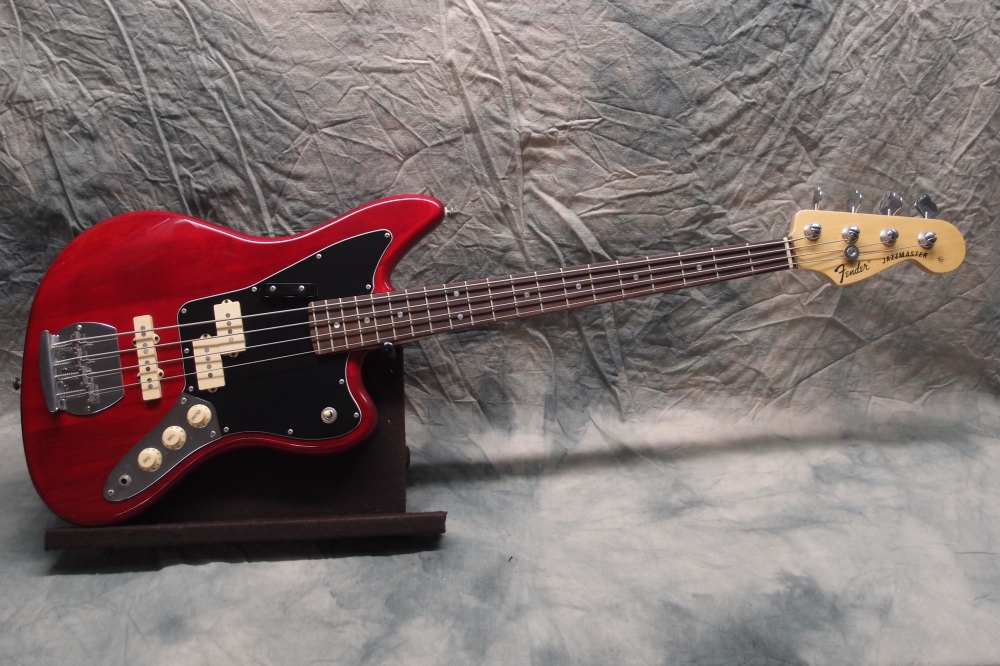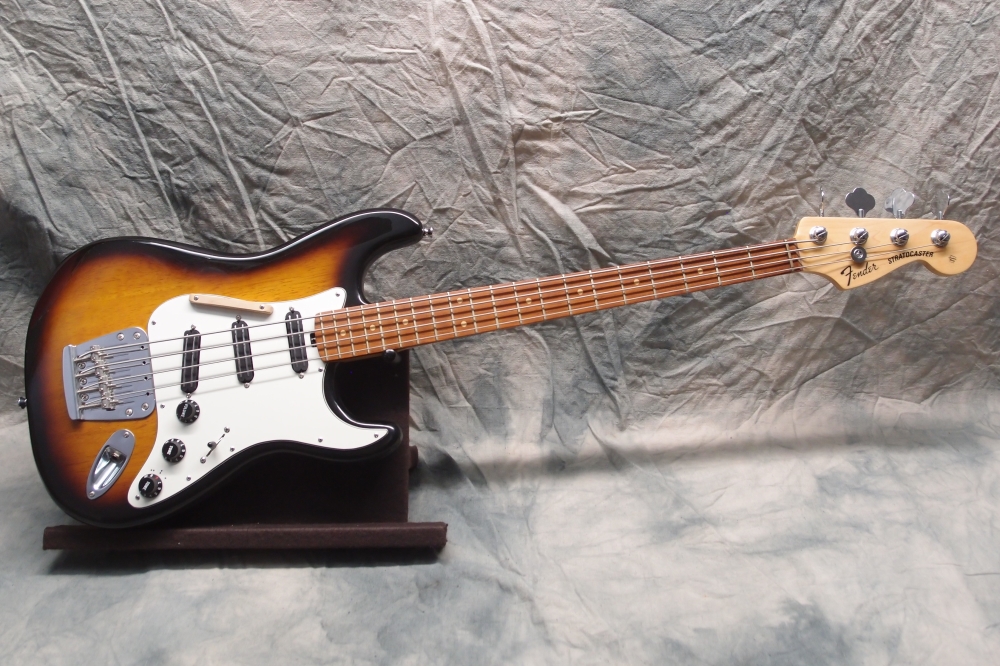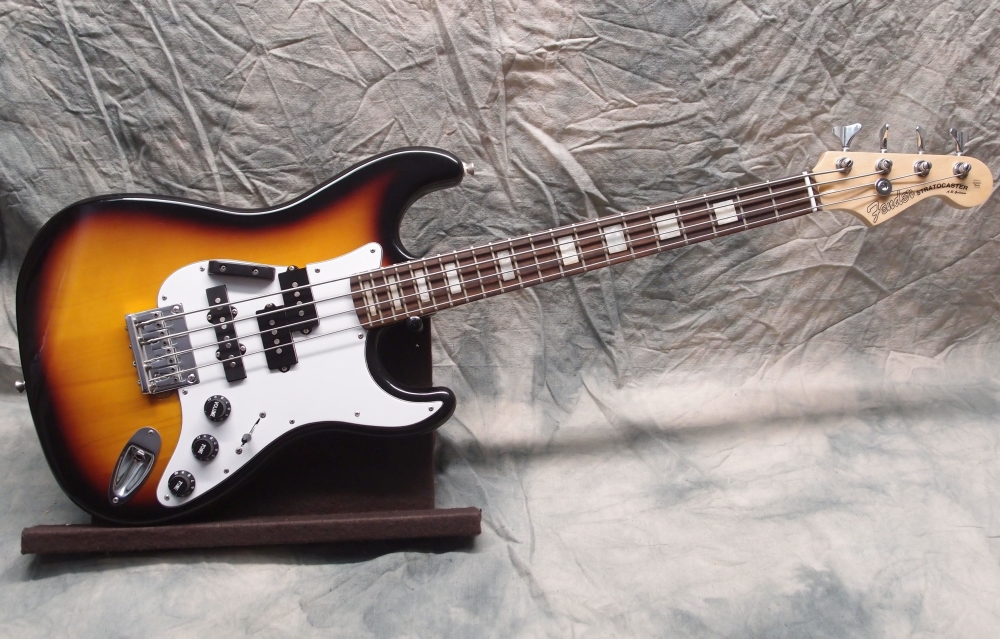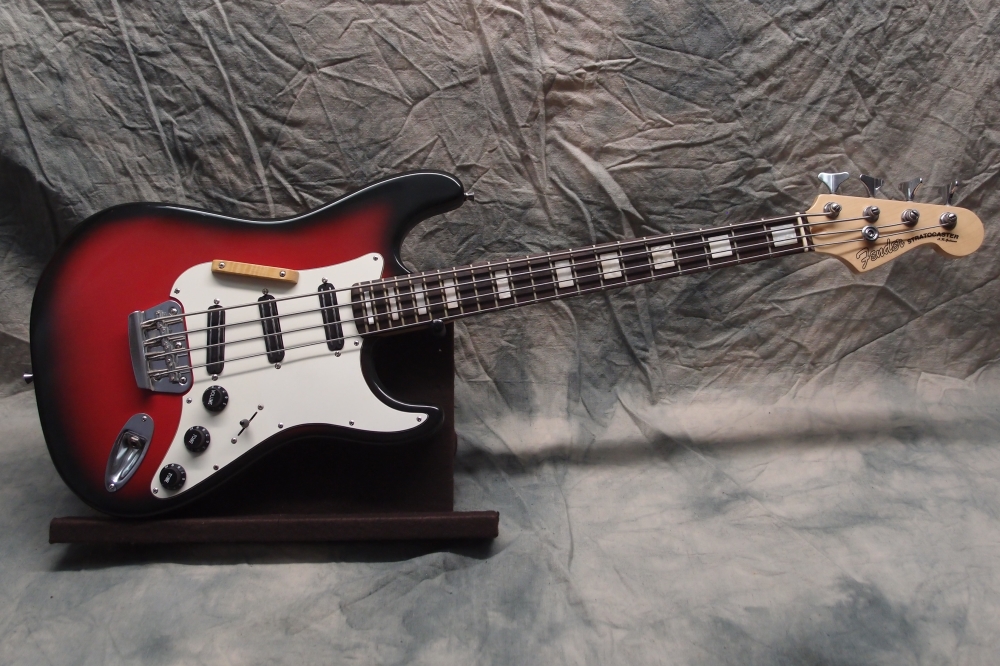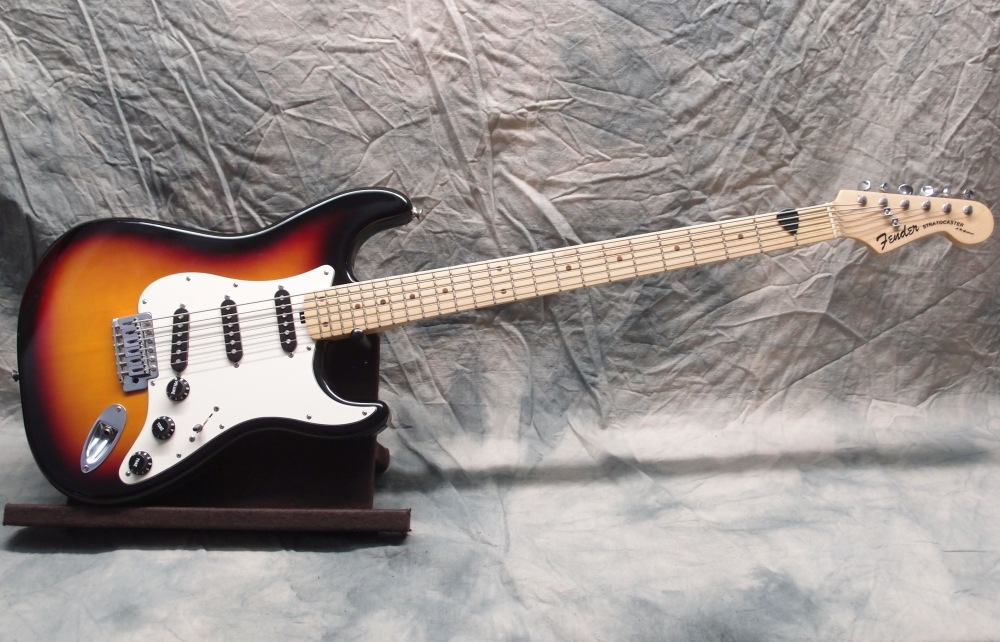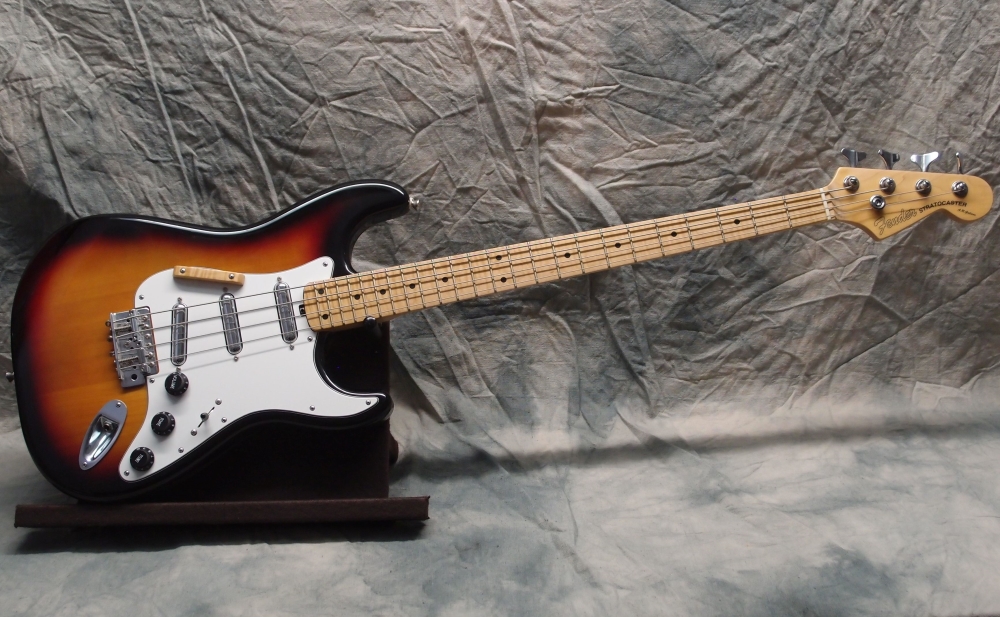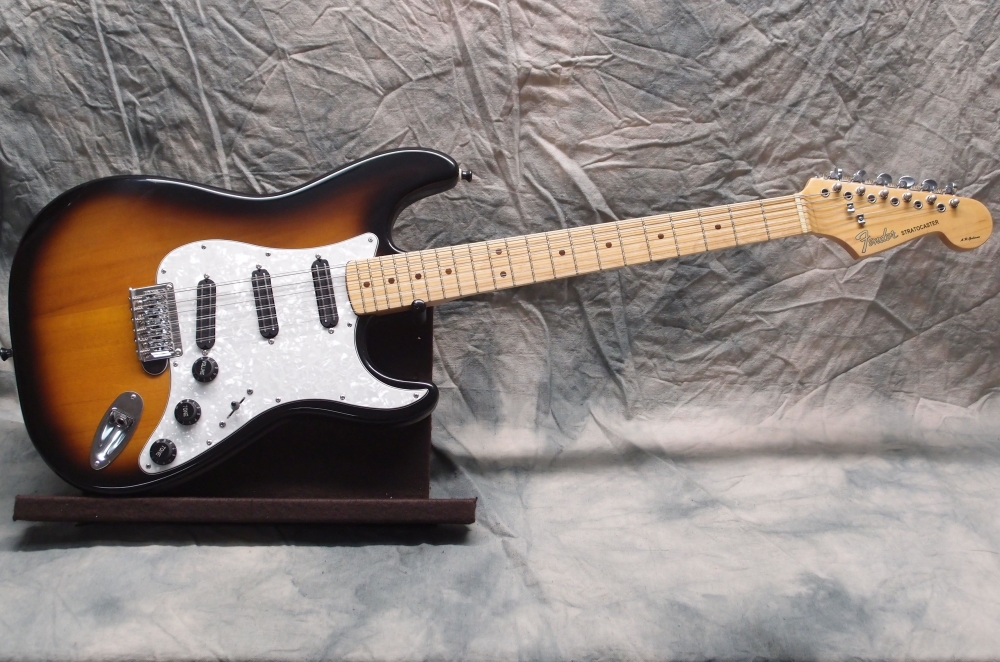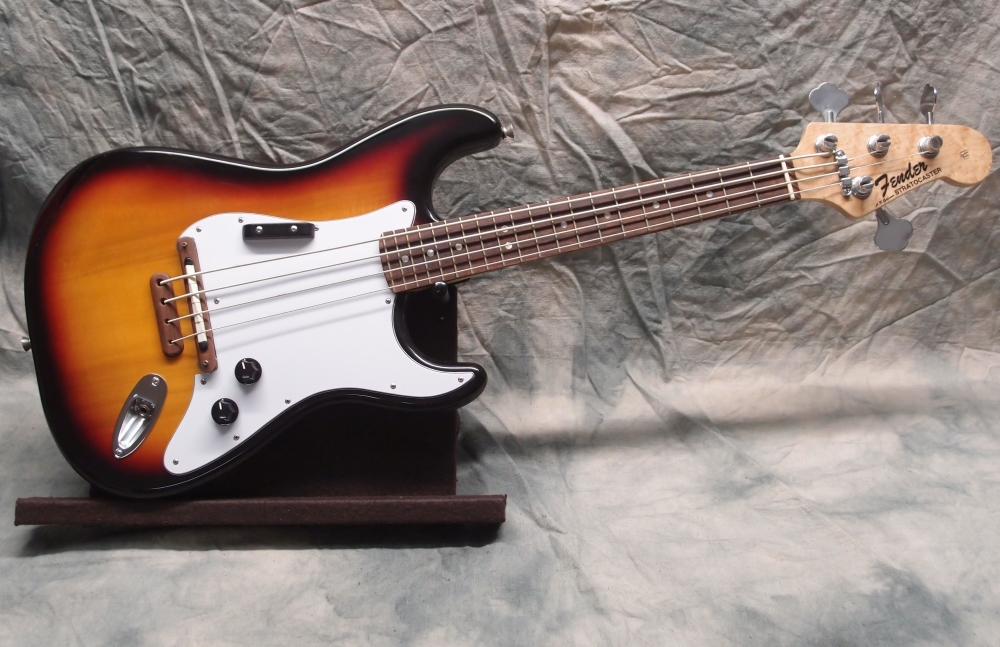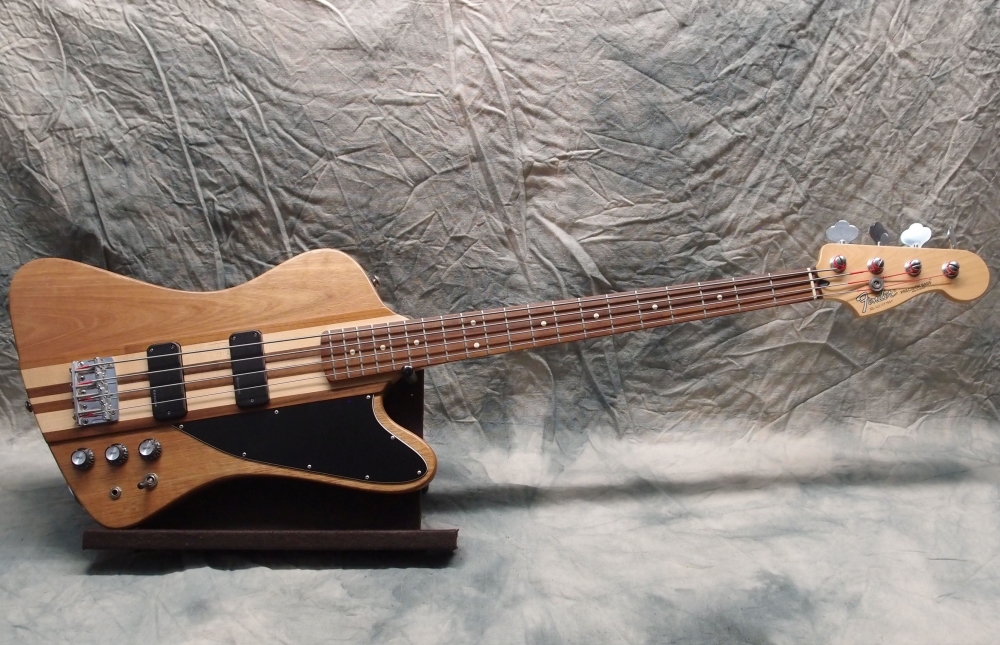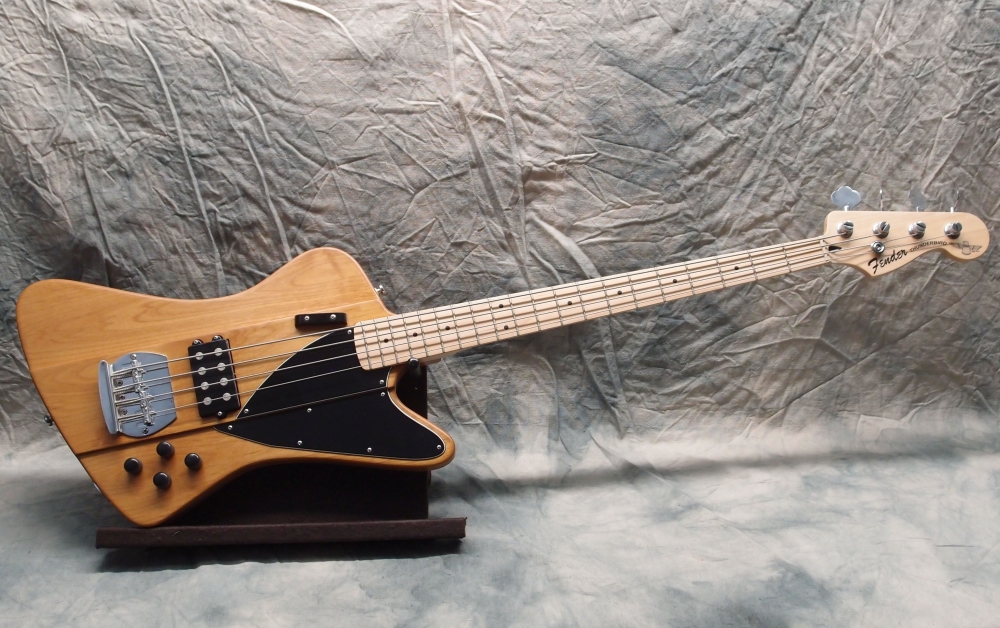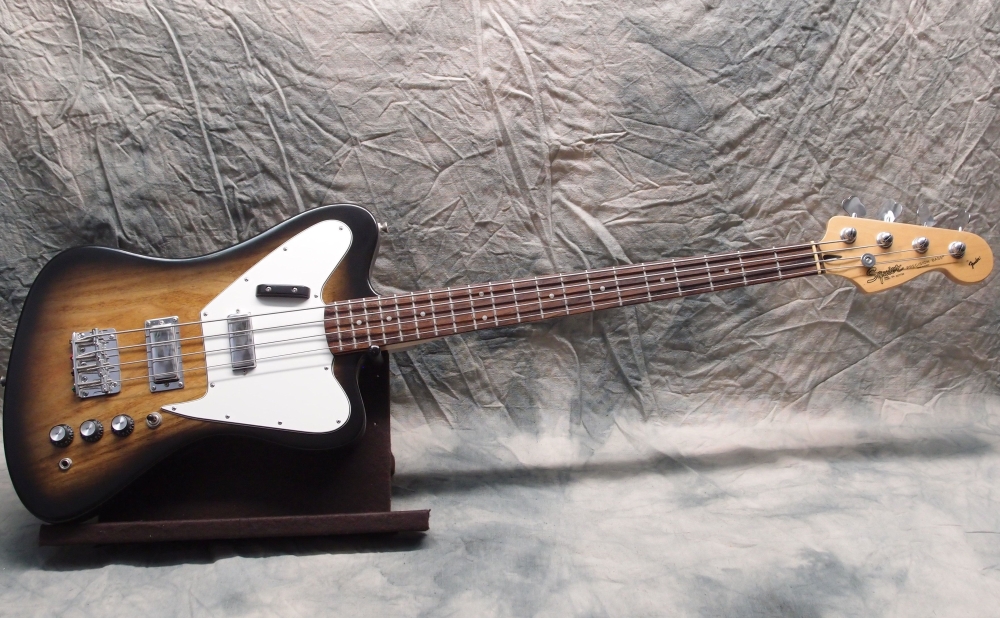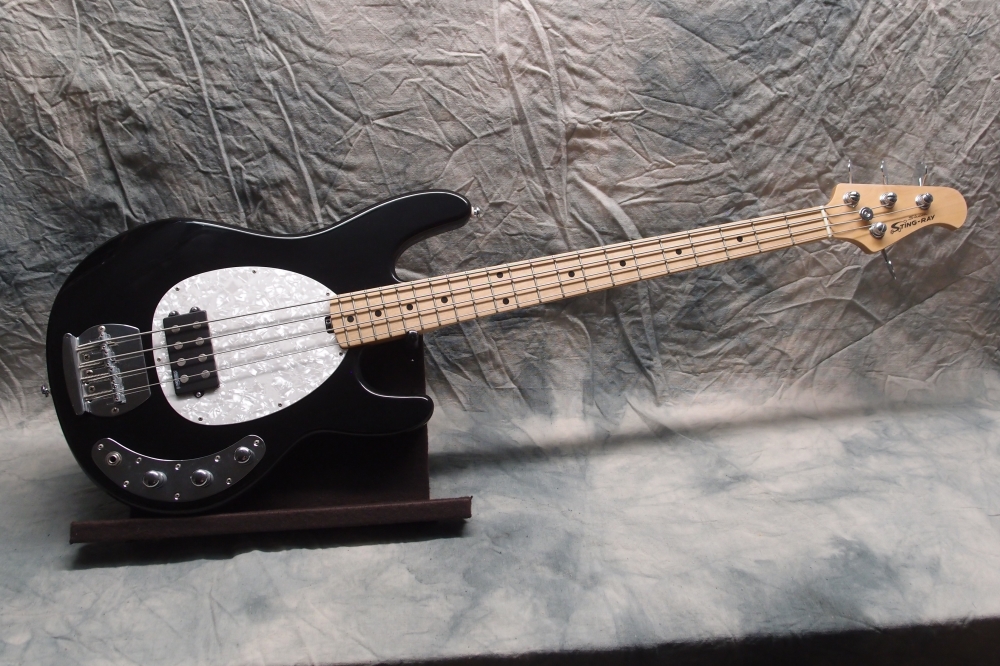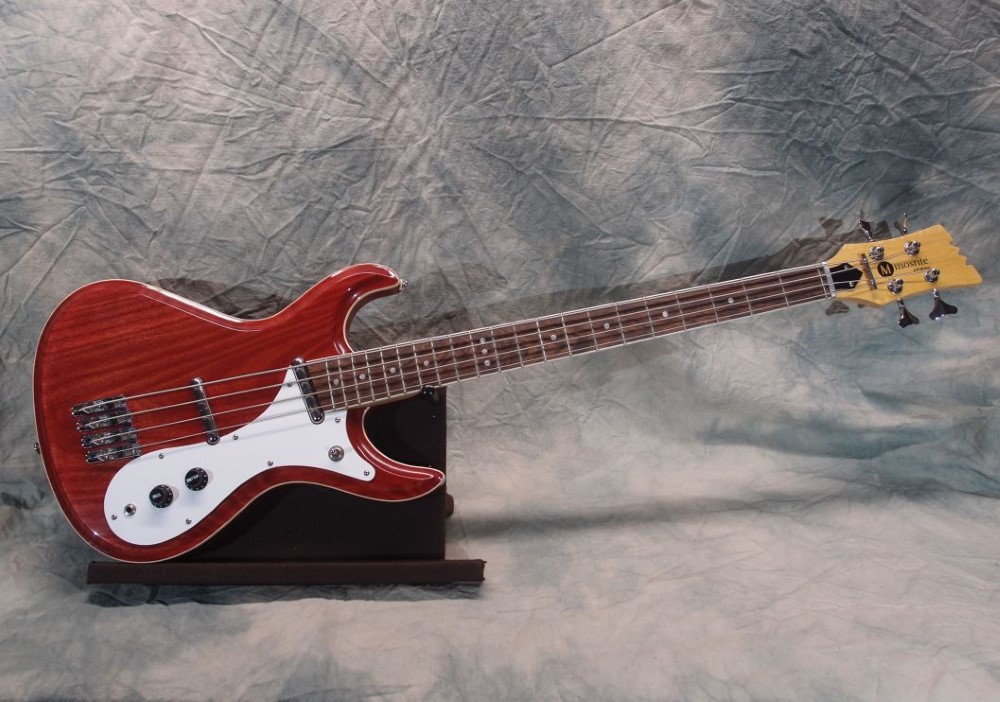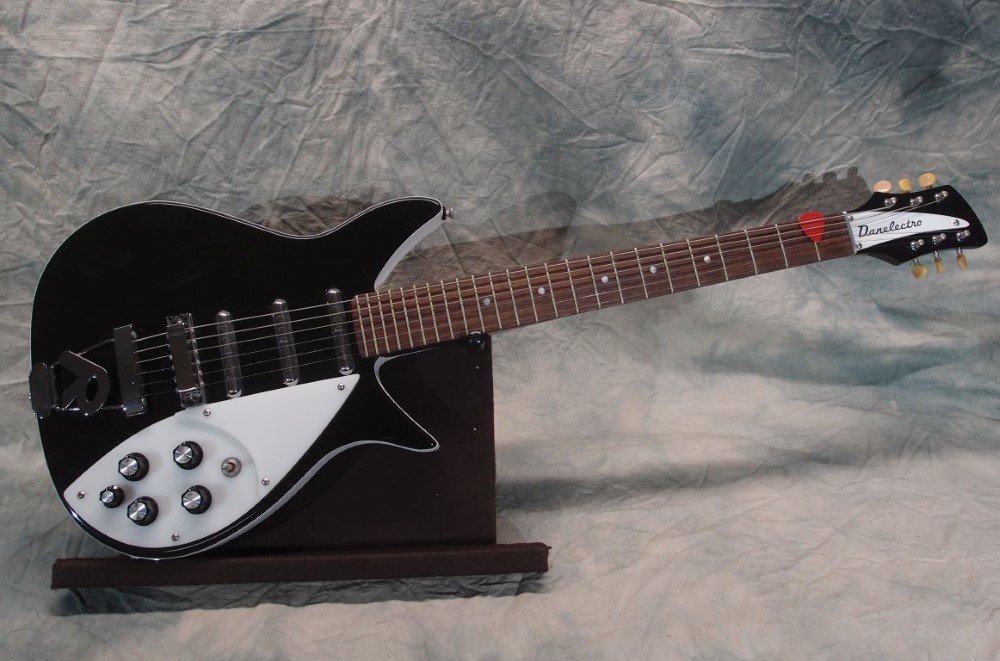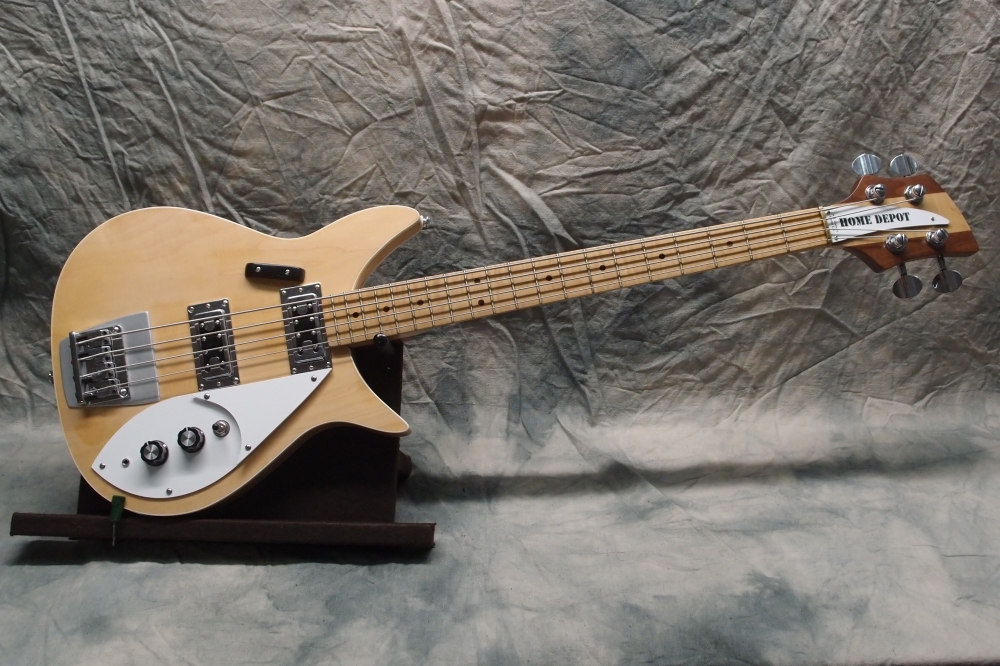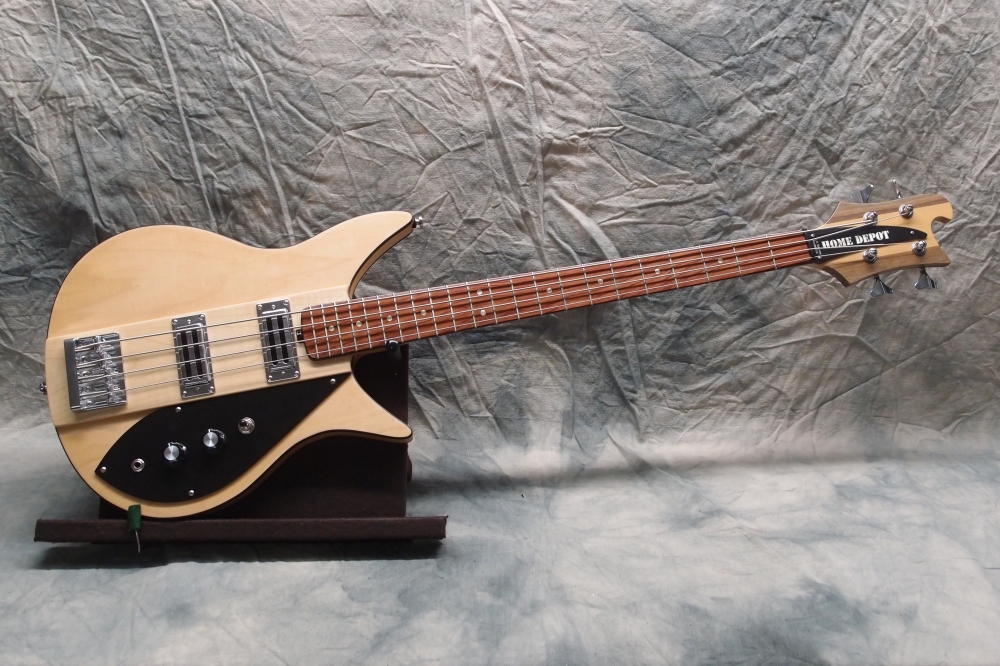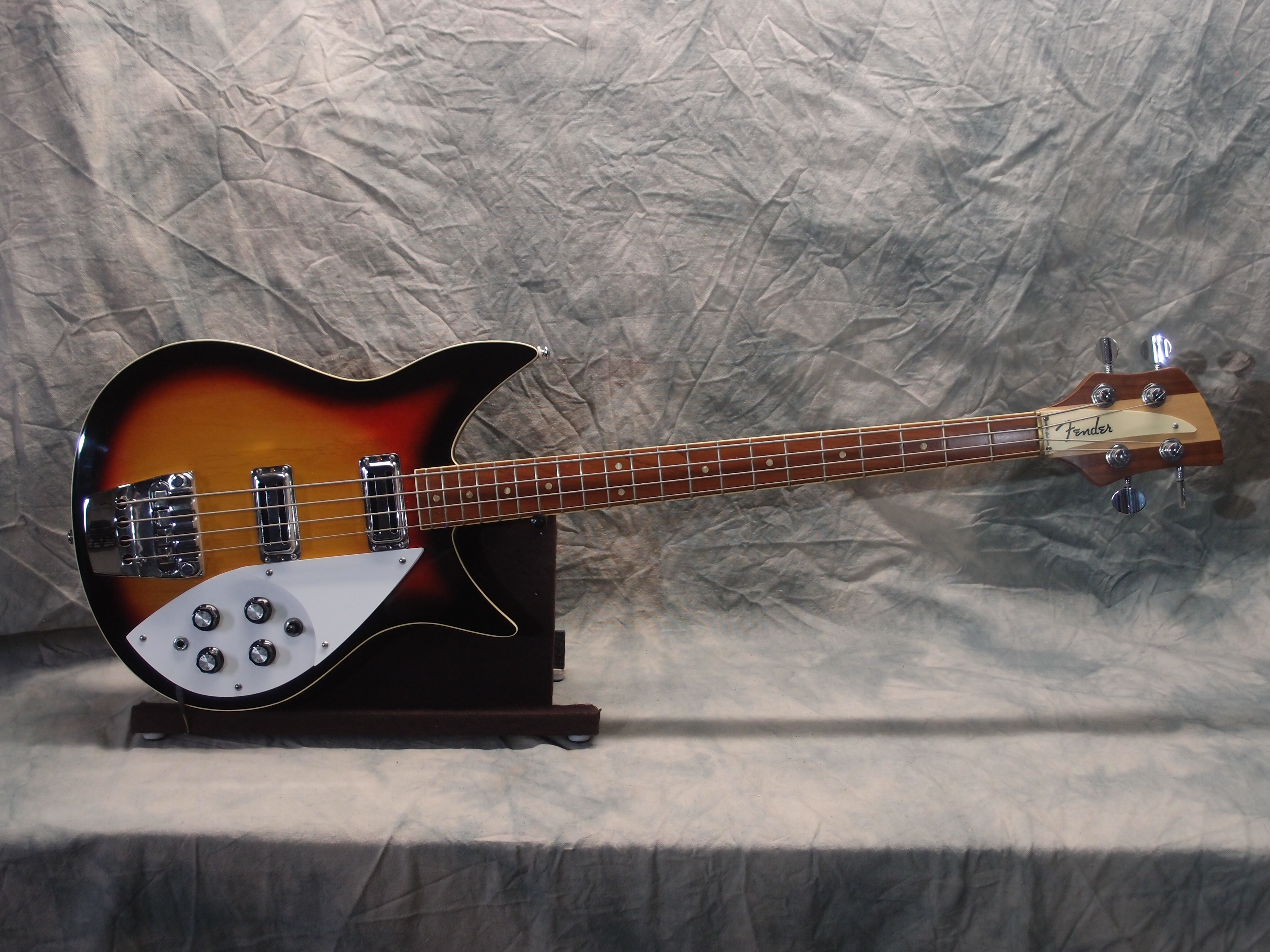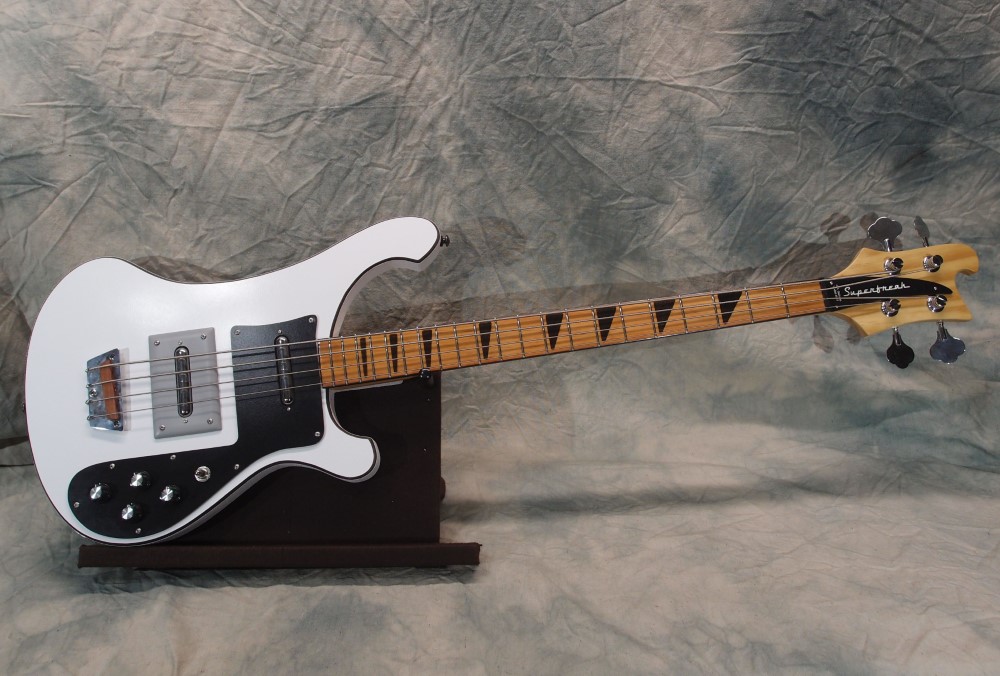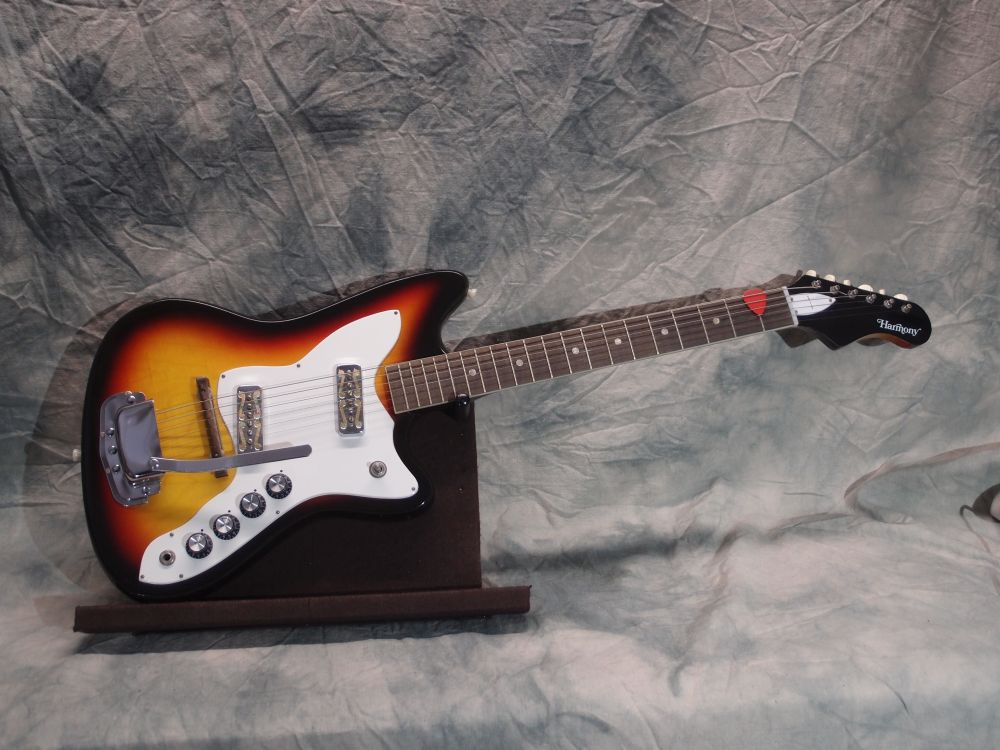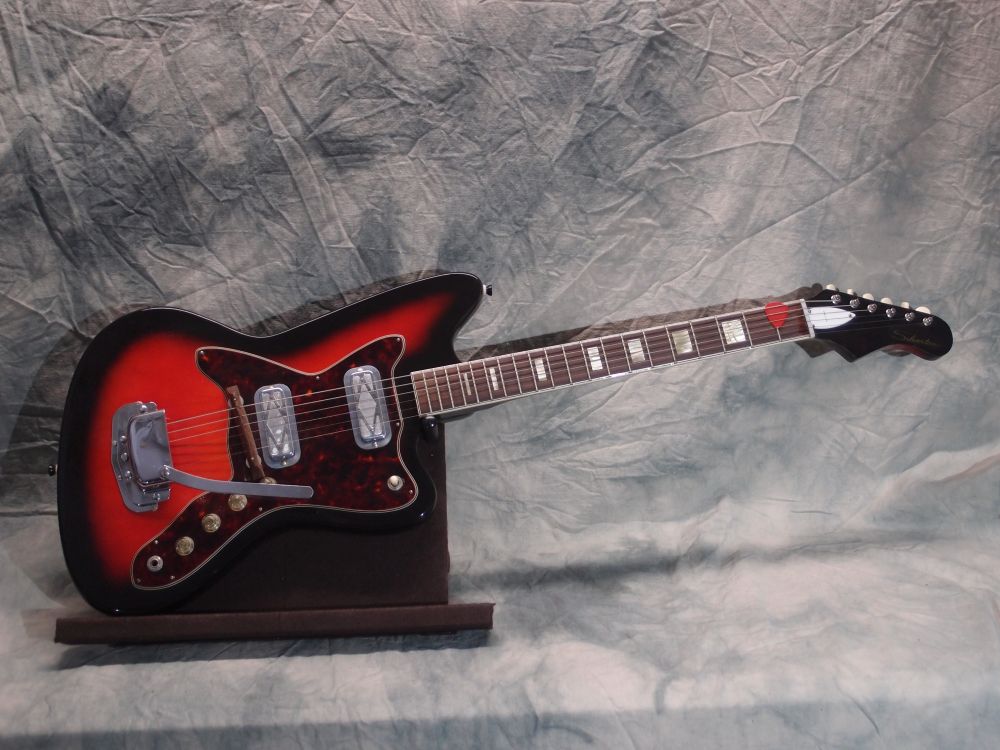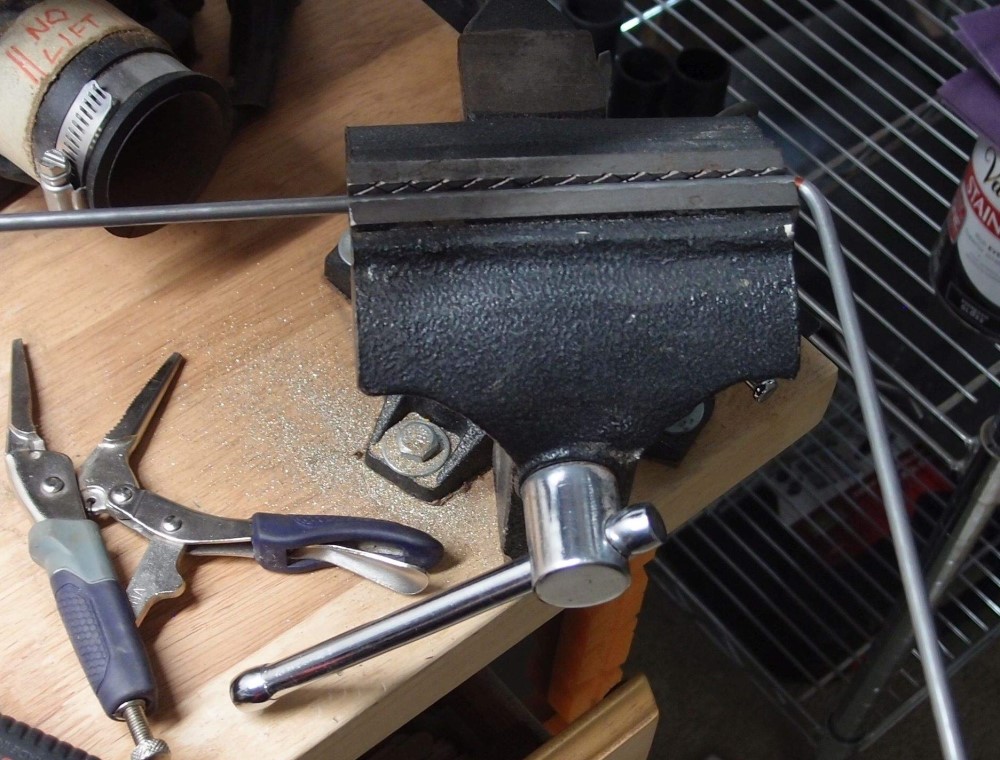Recent Edits

Since I started on a Prog bender, I think I would be remiss if I left out Australian Progsters Angus and Malcom Young. True Monsters of Prog. Enjoy.
More: Greatest Prog Band of ALL TIME ...
July 27, 2020

Been doing some quick experiments with CA and glitter for the last few days. At left is gold crushed glass. Center-top is very fine gunmetal plastic glitter. Center-bottom is silver crushed glass glitter. At right is standard plastic glitter. The green tube is medium CA, the pink one is thin, the standard formulation. Thick CA is quite rubbery when it dries, I would not use it for this.
More: Some Quick Inlaying Experiments ...

Hosting and domain names aren't getting cheaper. If you think there is something worthwhile here, you can make a small donation towards these costs. Just click the PayPal button here:
( PayPal takes 3.49% + 49¢ per transaction )
More: Support Luthiery Labs ...




This is my reference for guitar setups - a Japanese "E-series" Squier Stratocaster from the early '80s. This was an era when Fender-America was not doing their best work, while the Japanese models were superb.
More: Squier '62 Stratocaster ...




Danelectro is my favorite type of guitar, simply for the genius of their unorthodox, inexpensive, yet highly effective designs. I love the tone of old-growth masonite. If you are looking for details, the Pro-1 Bass is the most complete build documentation.
More: Danelectro Projects ...
I added some notes on this subject, see page linked below. I keep seeing truly horrific advice being dispensed online by luthiées, when the correct solution is easy and free.

My take on bodies
An electric guitar body serves several purposes. It provides a place to attach (and hide) hardware and electronics, and provides a counterweight for the neck, specifically the tuners out there at the end. It also provides enough weight and bulk to stabilize the instrument while it is played, either sitting or standing, while at the same time being not too heavy or interfering with natural playing motions and access to the strings. And needless to say, it must be strong enough to resist the effects of string tension, which can be 100-200 pounds or more.
More: Building Bodies ...




This is the big brother to the Silvertone 1448, vintage 1964-67. Construction is basically the same, but with a full-scale neck, two pickups, and a much better amp. For a lot of details, see the 1448 page. This guitar is in excellent condition for being almost sixty years old, and apart from cleaning and re-stringing, it needed nothing.
More: Silvertone 1457 Guitar & Amp ...
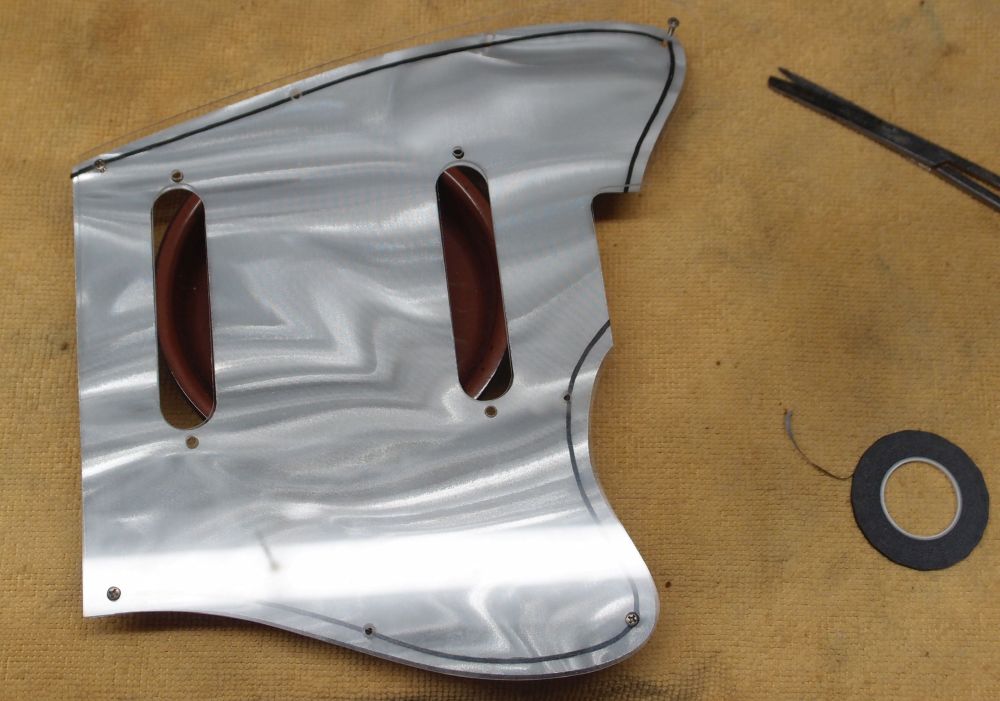
This wound up on the back burner for a while, but I finally got back around to it. The black stripe is 1/16" tape from the roll there, applied to the shiny under-layer. It wasn't that hard to apply, using the screw holes as guides. It's not awfully sticky, but should hold up well sandwiched between the clear pickguard and the body. You can get that tape at Hobby Lobby. I finished the pickup 'routs' with hand files.
More: At Least I Learned Something ...




This is the biggest of the Audiovoxes, weighing in at a full 12 pounds, with a 36" scale. The neck is a Brazilian Cherry (Jatoba) floorboard over maple, with a straight cutout headstock. There are over 100 marker dots. The body is veneered masonite over solid plywood, with Danelectro-style Tolex binding. There are also strap buttons, this instrument can be played vertically or horizontally.
More: Audiovox Electric Upright Bass ...
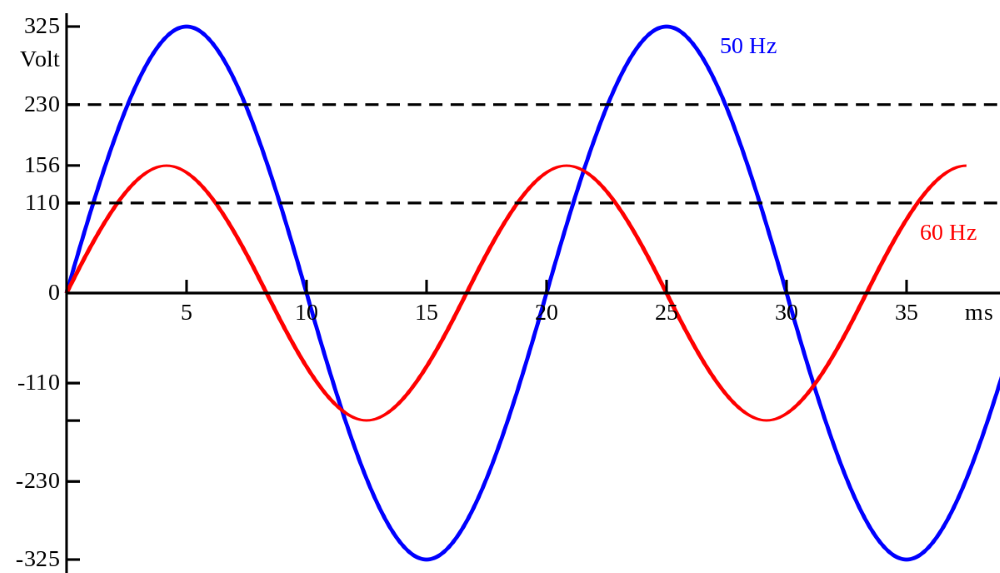
Multiple guitar pickups can be wired either in parallel or in series. Series gives a fatter sound, parallel gives a thinner sound. Almost all guitars have the pickups wired in parallel. That is why combinations on a single-coil instrument don't really build over the individual pickups. Pickup combinations on a Strat are known as 'quack' for their thin sound.
More: Pickups, Noise, & Shielding ...




This is another factory guitar, vintage 1960s, made by Danelectro and sold exclusively through Sears. The 1448 was one of the cheapest electric guitars in the Sears catalog, but it came with something special - it's own amplifier built into the hardshell case. There is almost no wear on this guitar, I don't think it was played much.
More: Silvertone 1448 Guitar & Amp ...
I've liked this band ( duo actually ) since the first time I saw this video on the UHF video channel because we didn't have cable. Corinne Drewery is not like today's squeaky singers, she can hit the high notes, and the low ones too - listen. This was their first and biggest hit.
More: Swing Out Sister ...




After successful and interesting experiments rebuilding 1448 and 1457 "Amp-in-Case" amplifiers, I thought I'd try something bigger. So I kept an eye on the eBays, and eventually came up with this - an early production Silvertone 1472, made by Danelectro and sold through the Sears catalog. It was fairly cheap because it wasn't working. However, the cabinet is solid, the aluminum faceplate and labeling are in good shape, all the knobs are there, and everything else can be replaced or rebuilt. The Tolex is in very good shape, and the corners of the cabinet are all pretty much intact. Much like buying an old car - a blown engine is easier to fix than a rusted-out body.
More: Silvertone 1472 Amplifier ...




This is my attempt to recreate my very first bass, a "Montaya", as well as one of my first ventures into 'modding'. These SX's are great instruments. For 109 bucks you get an alder body with a beautiful 3-tone sunburst, a decent neck, functional bridge & tuners, and a flawless finish. What you don't get is any kind of useable pickups or strings. On this one, I installed a USA Fender pickup, my favorite d'Addario strings, and gave it a careful fret dressing and setup. I also added the tortoise pickguard, rosewood thumbrest, and ashtray for the looks only. At the time, I was going purely from memory, but I later found a picture of the original, and I got it dead right.
More: SX SPB-57 Precision Bass ...
